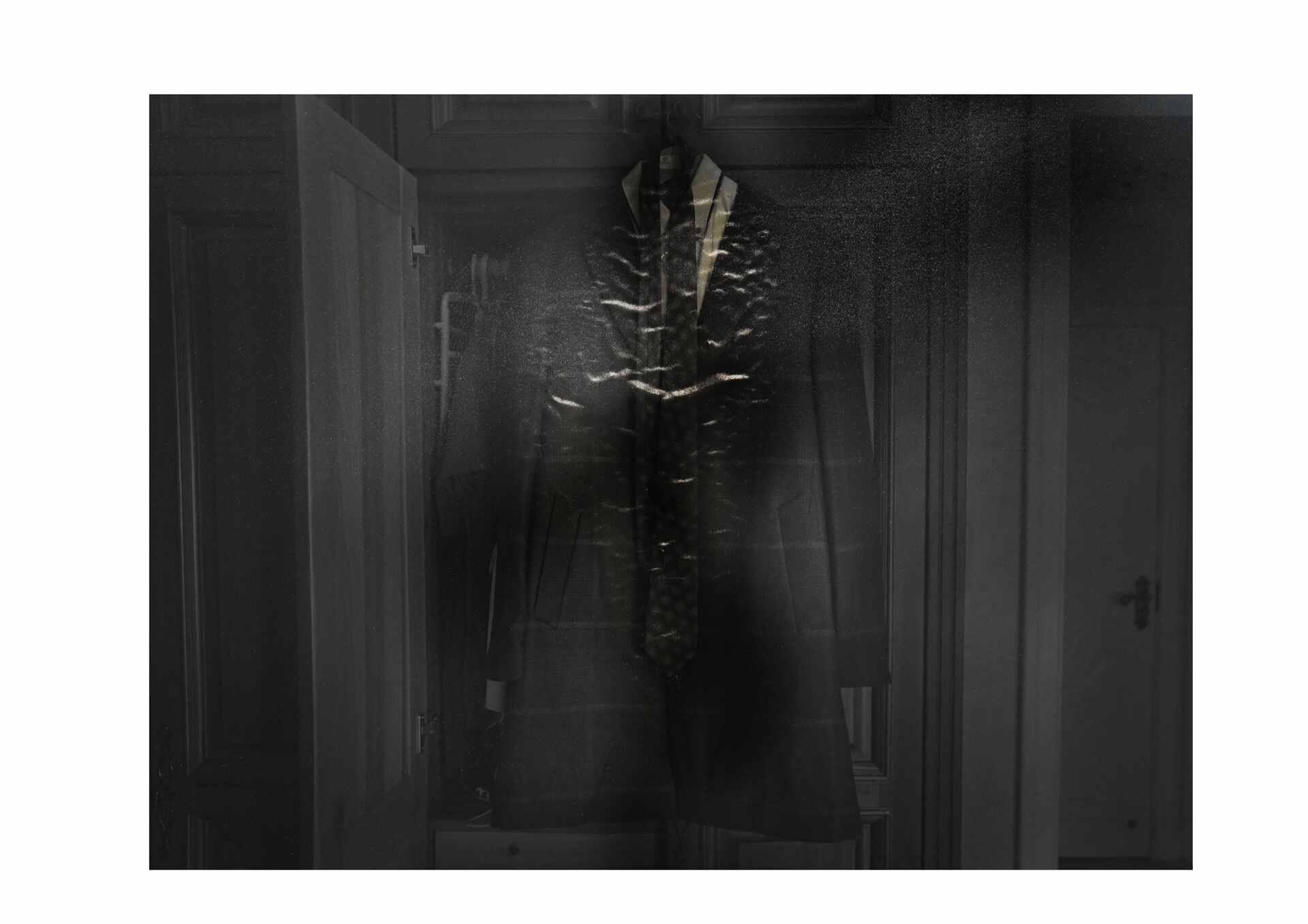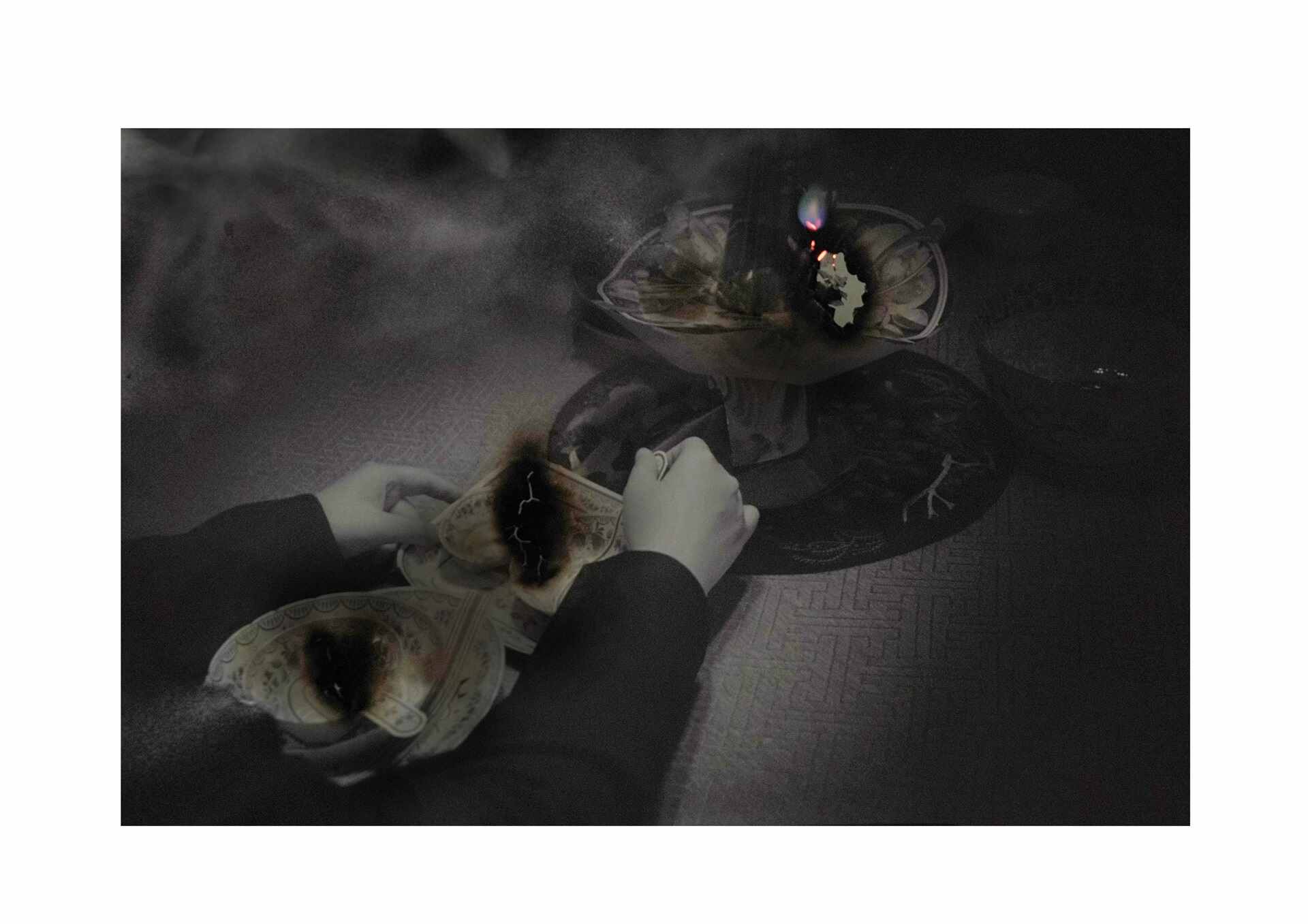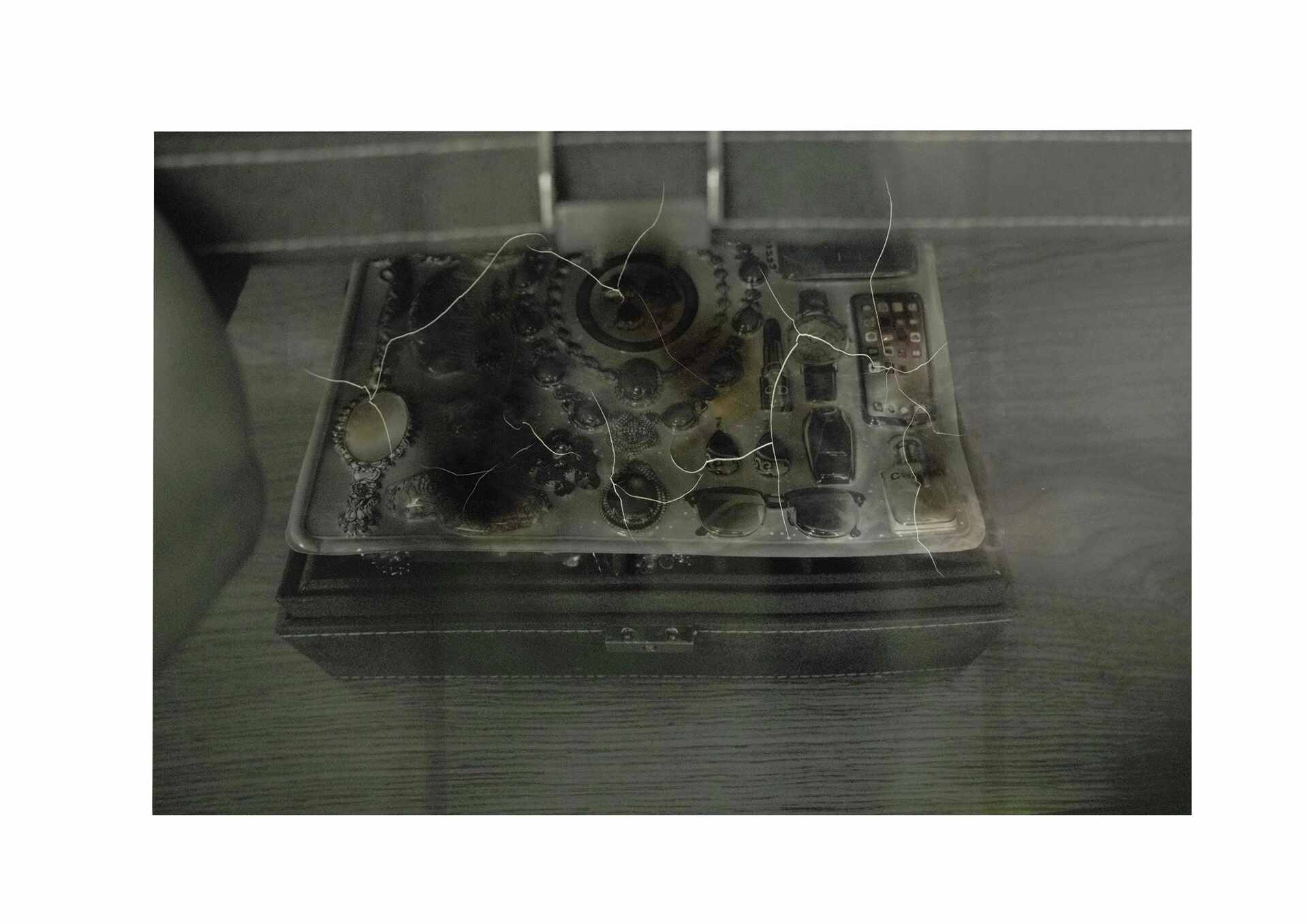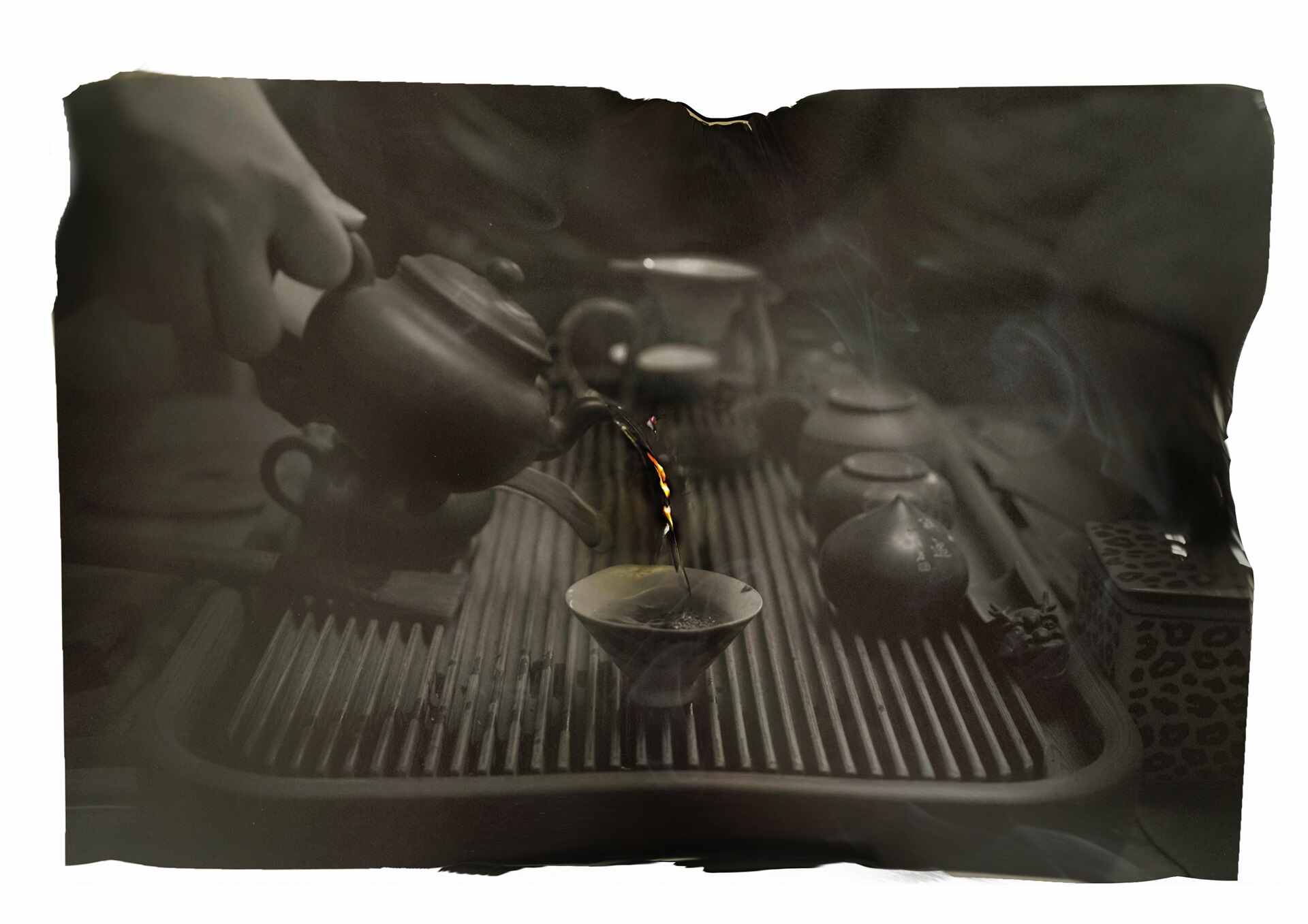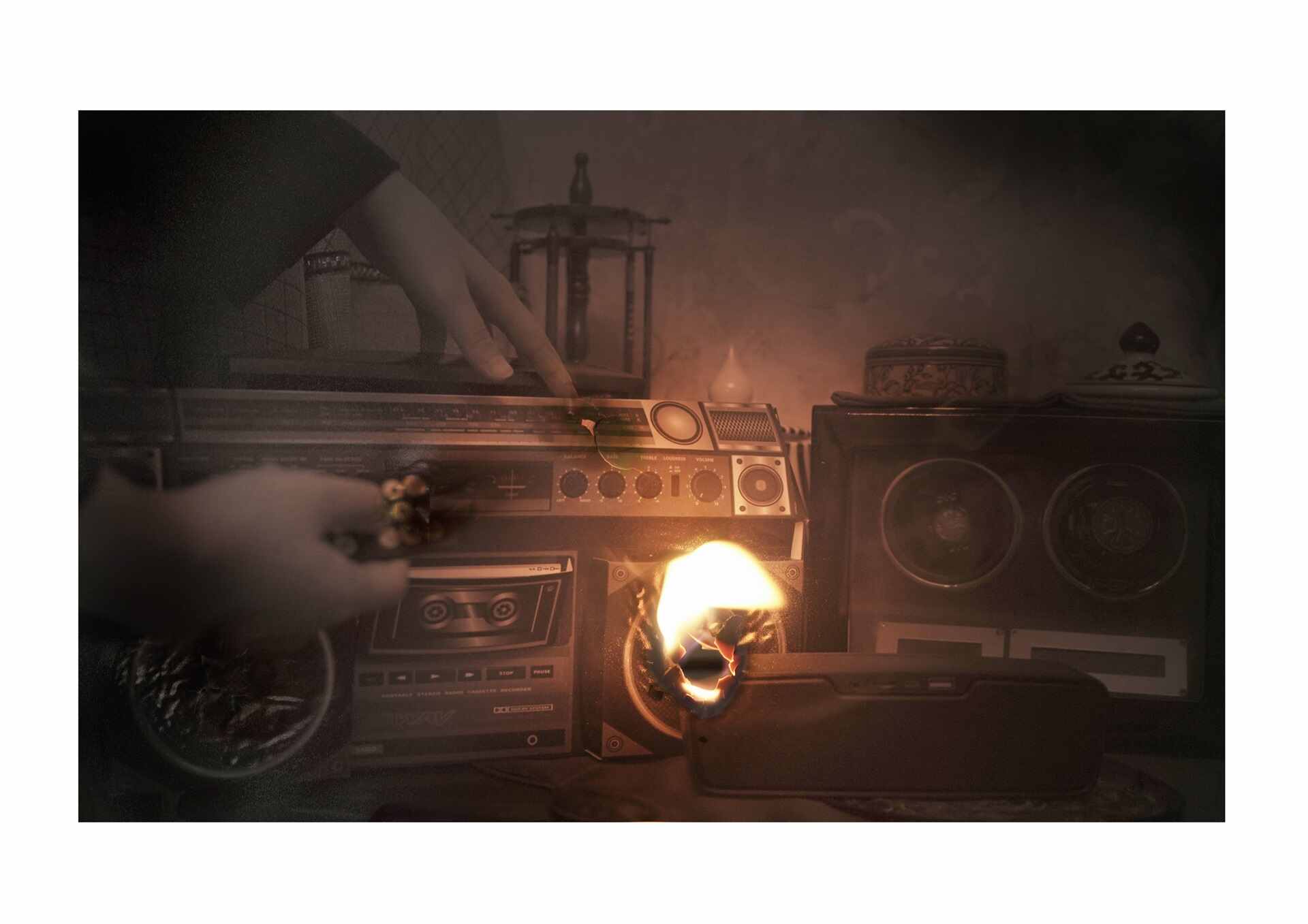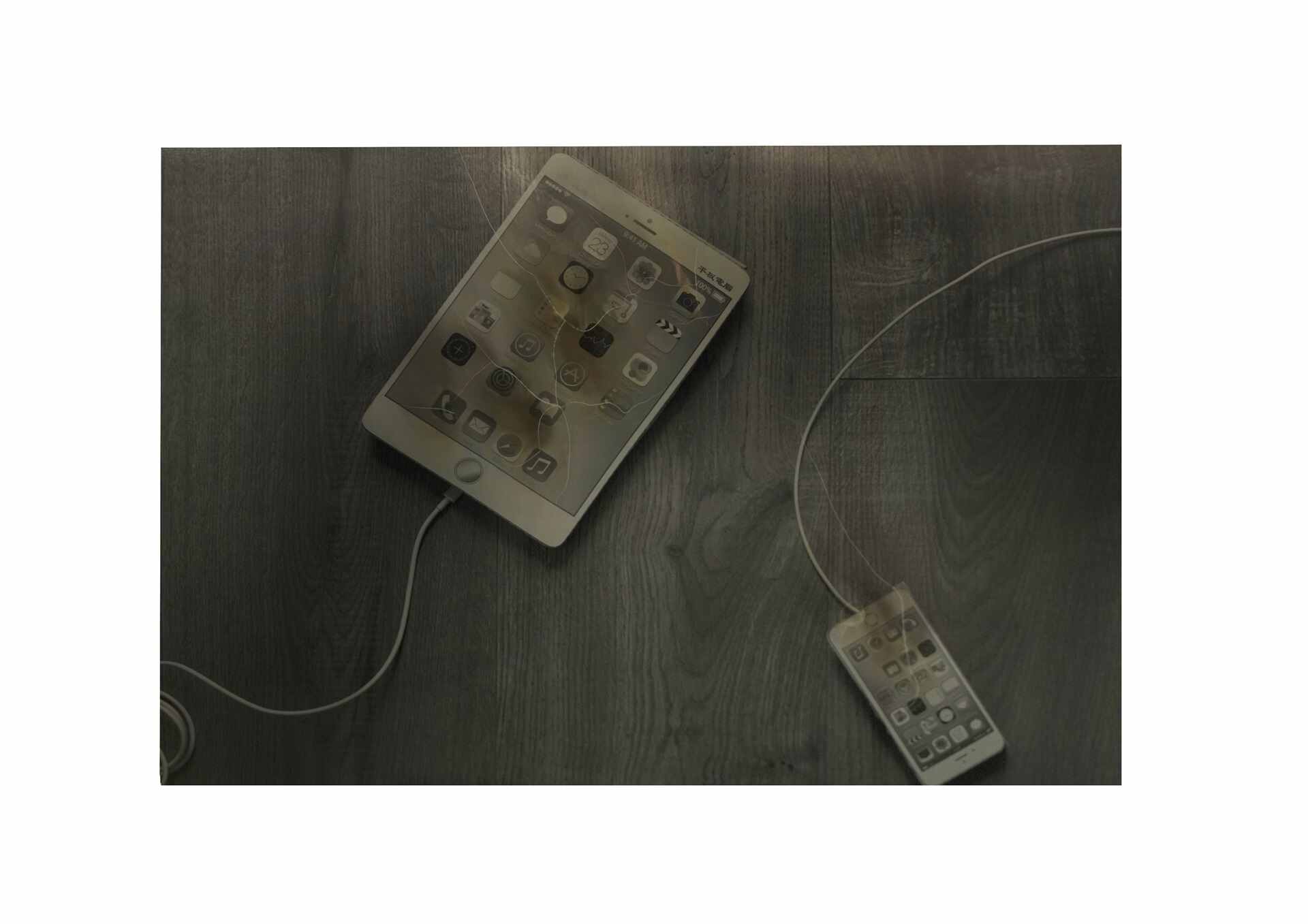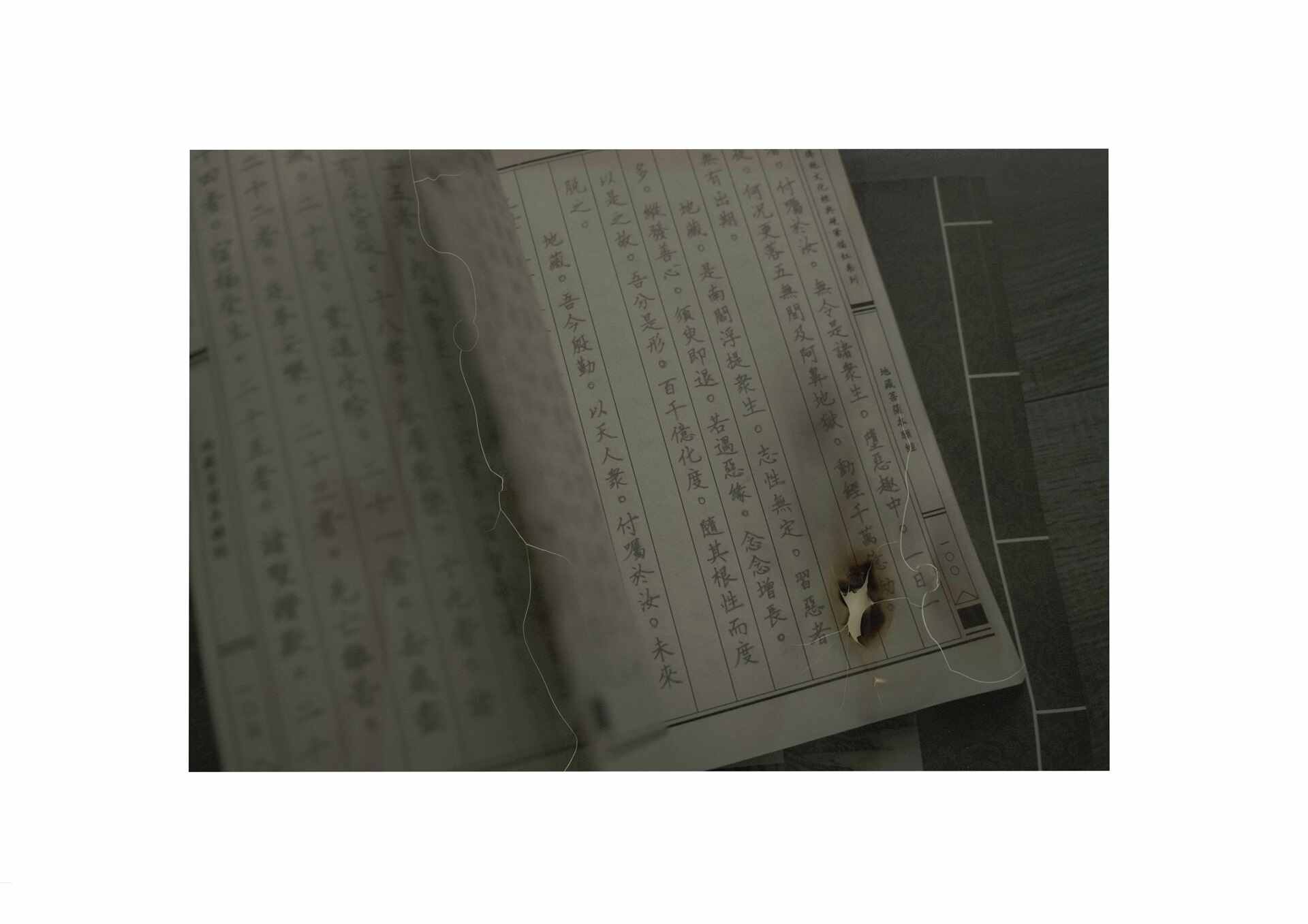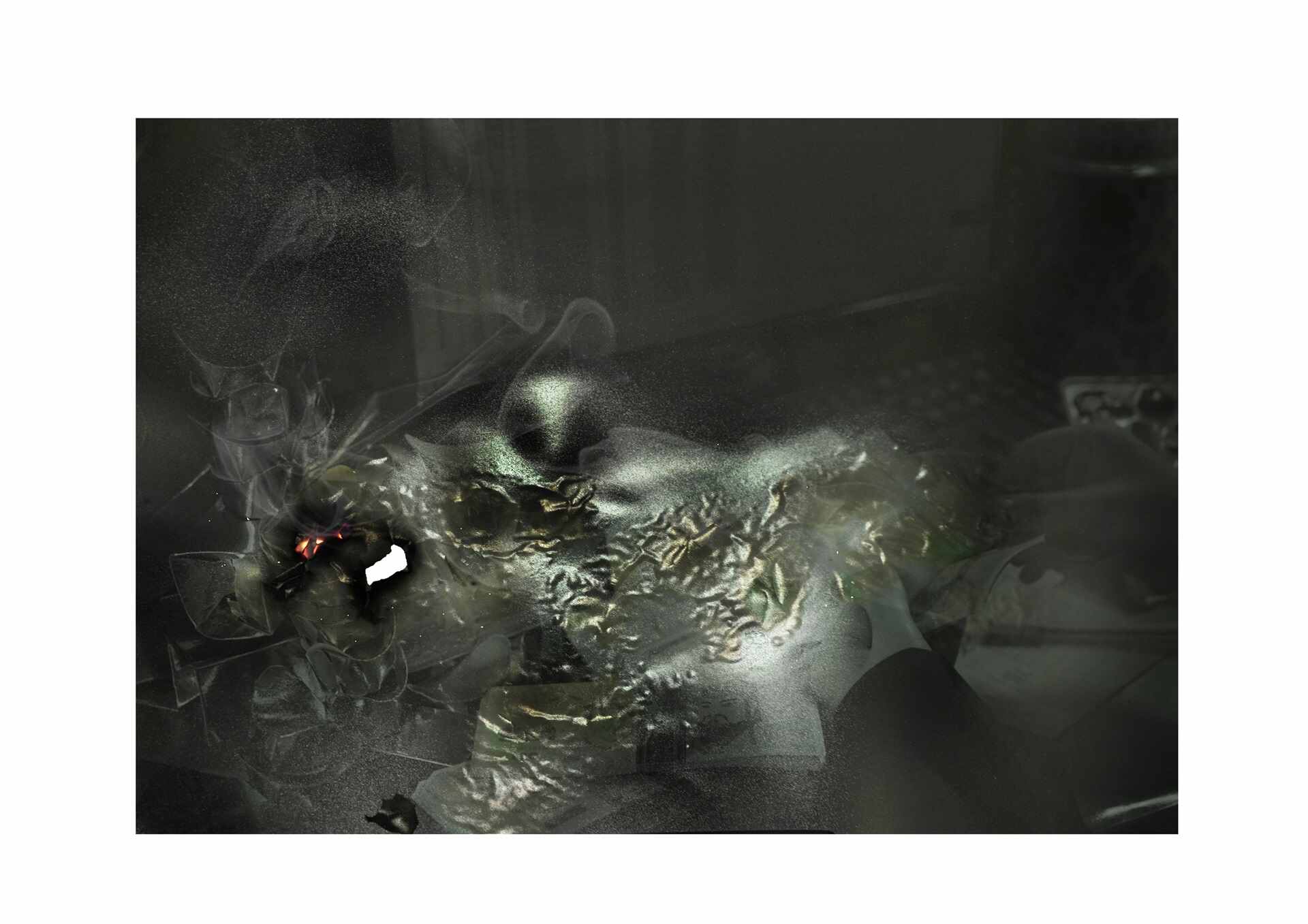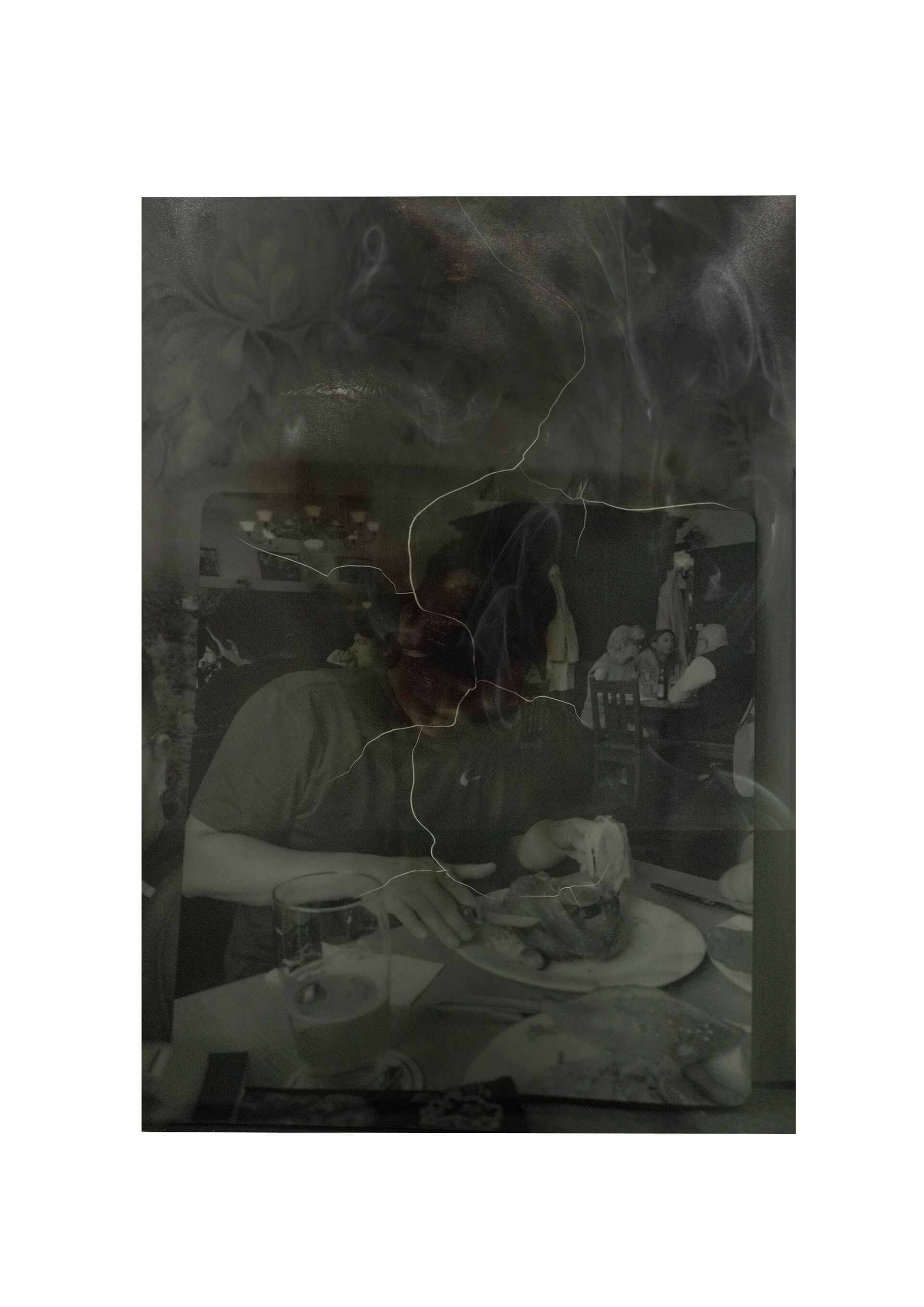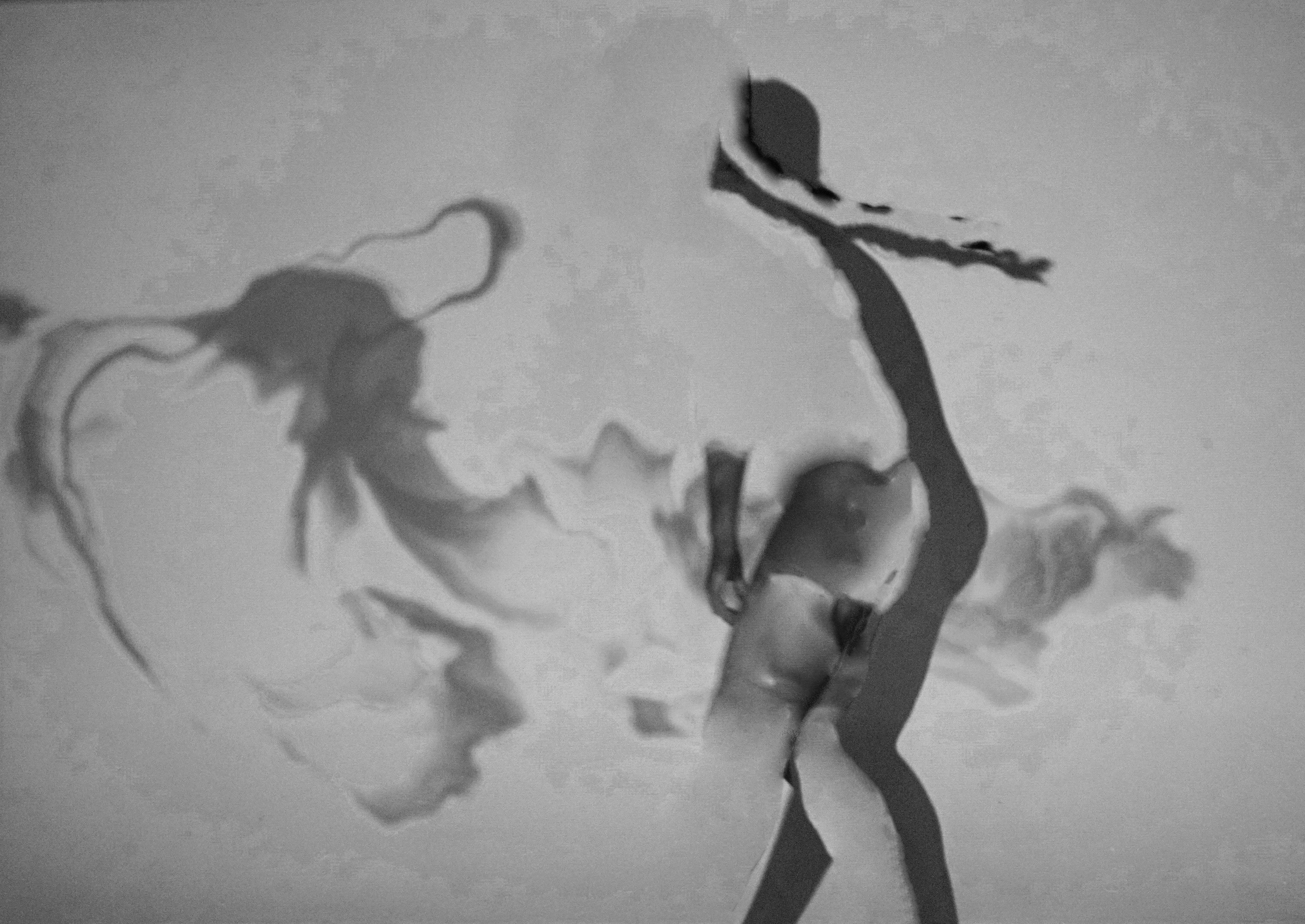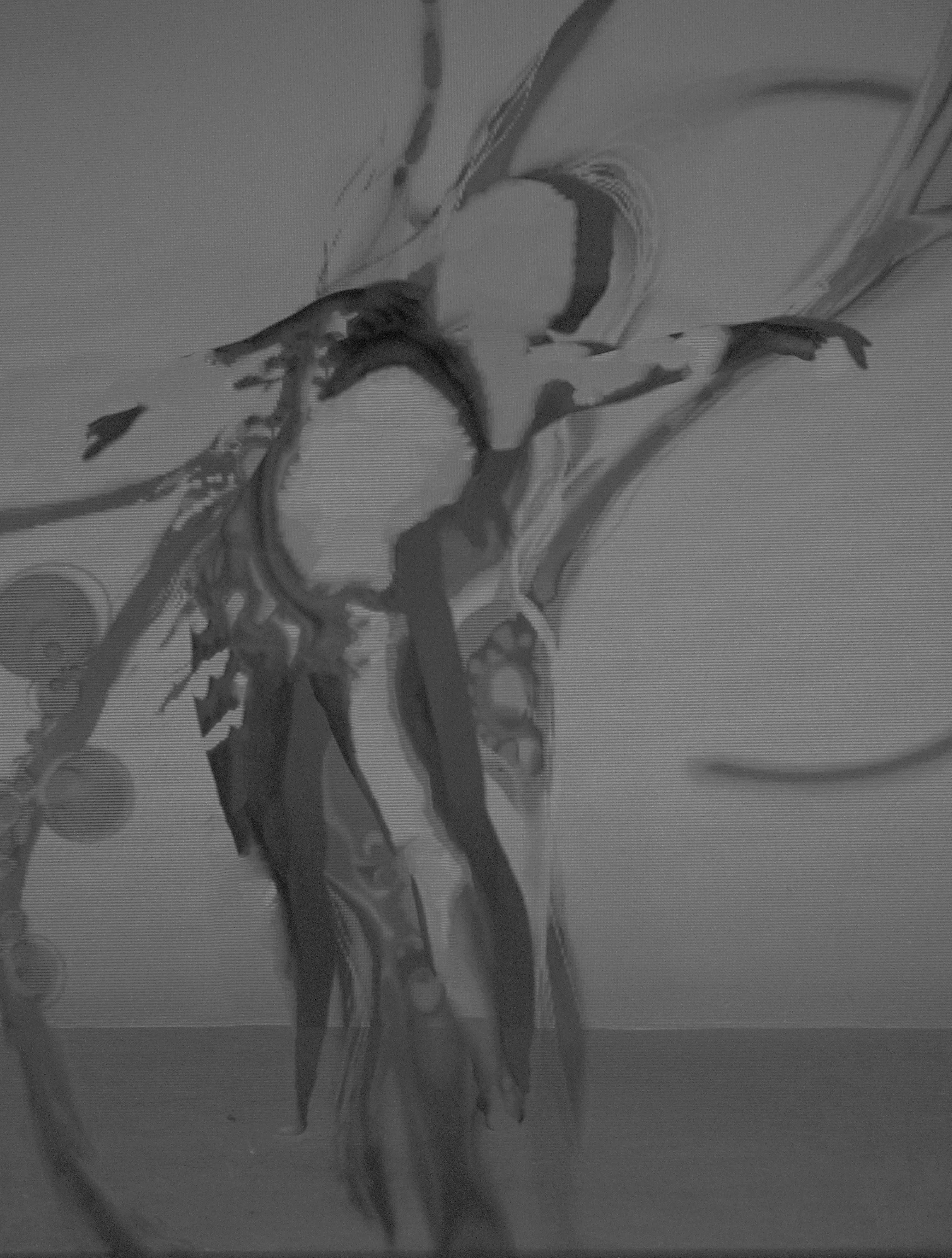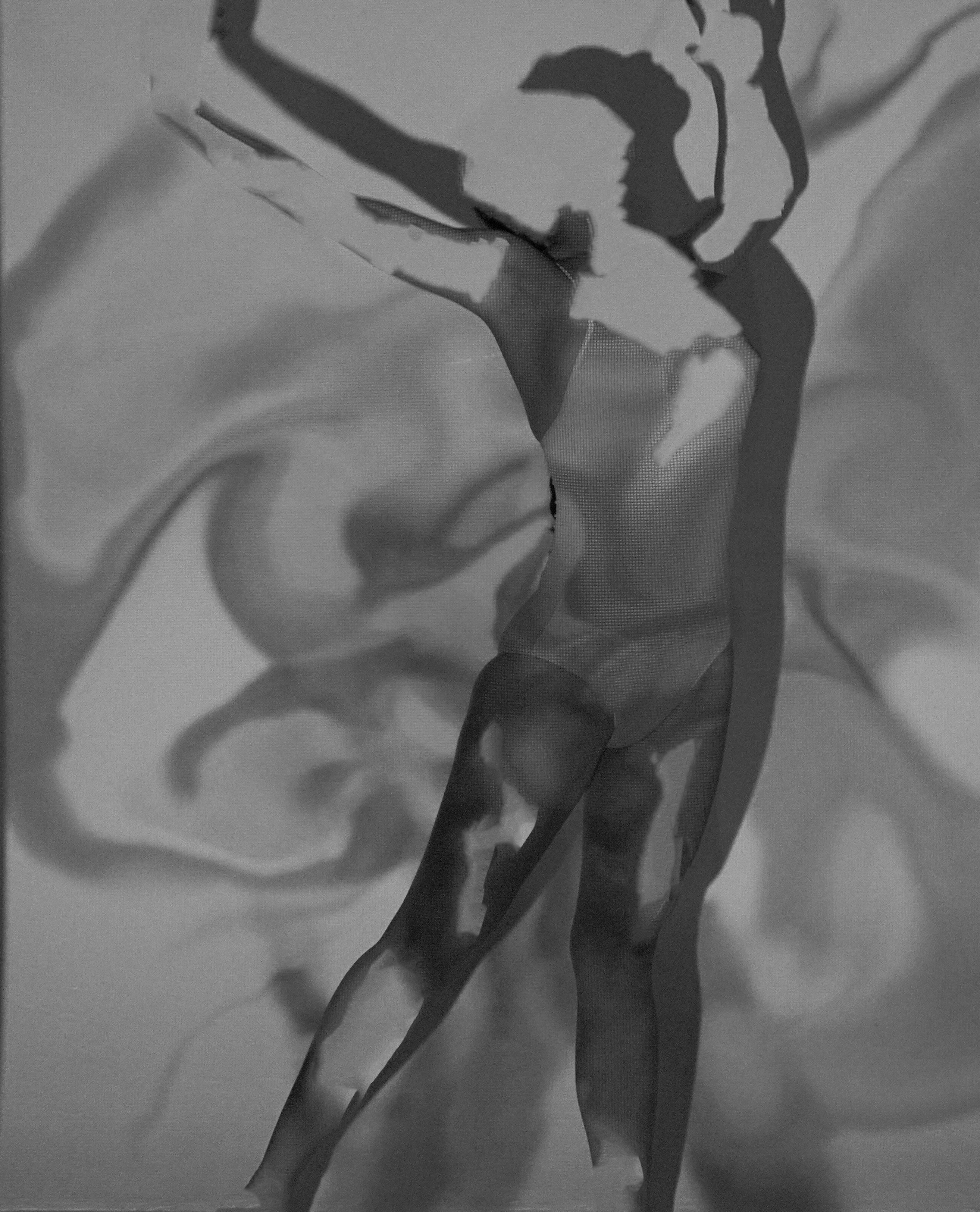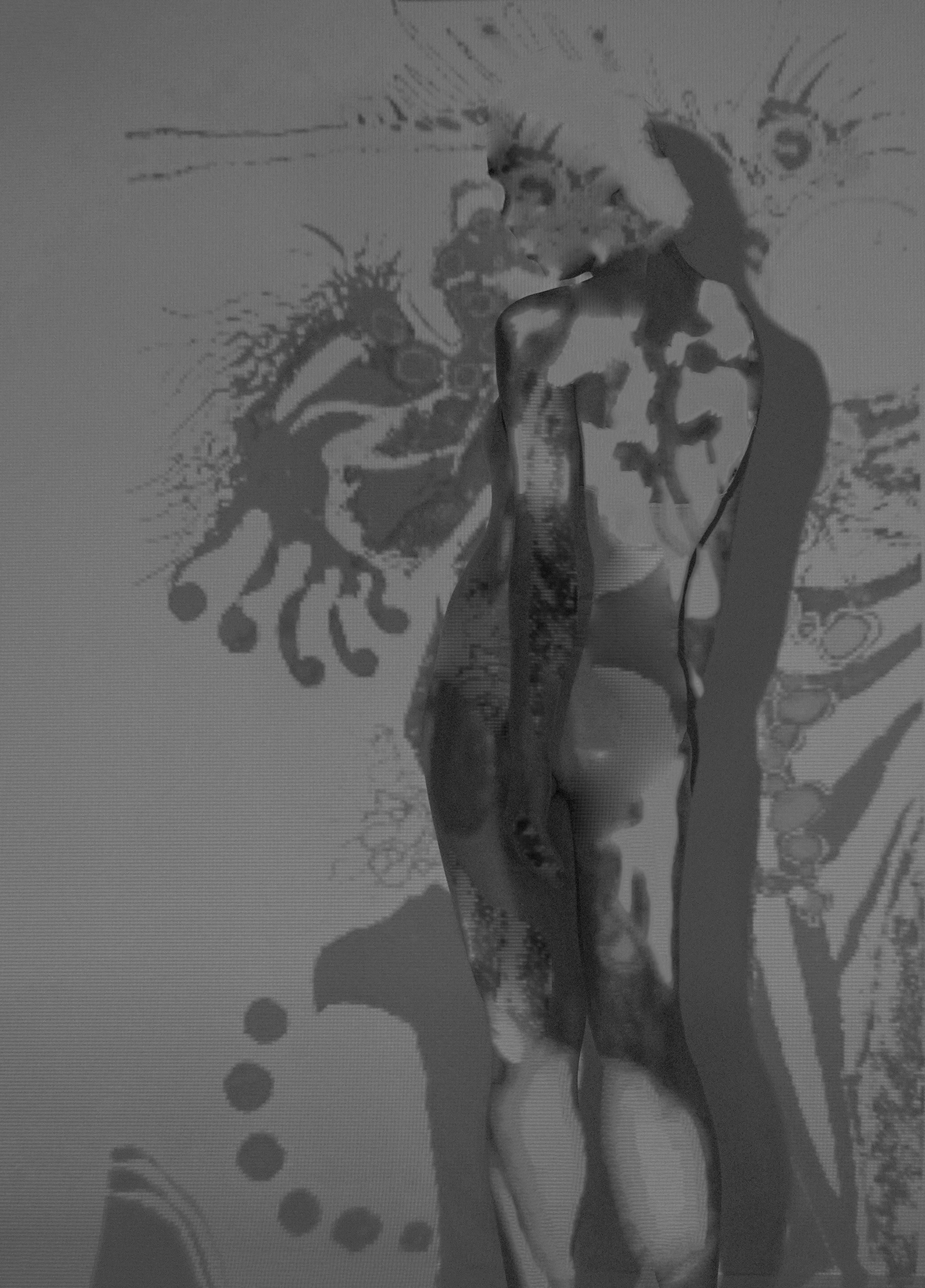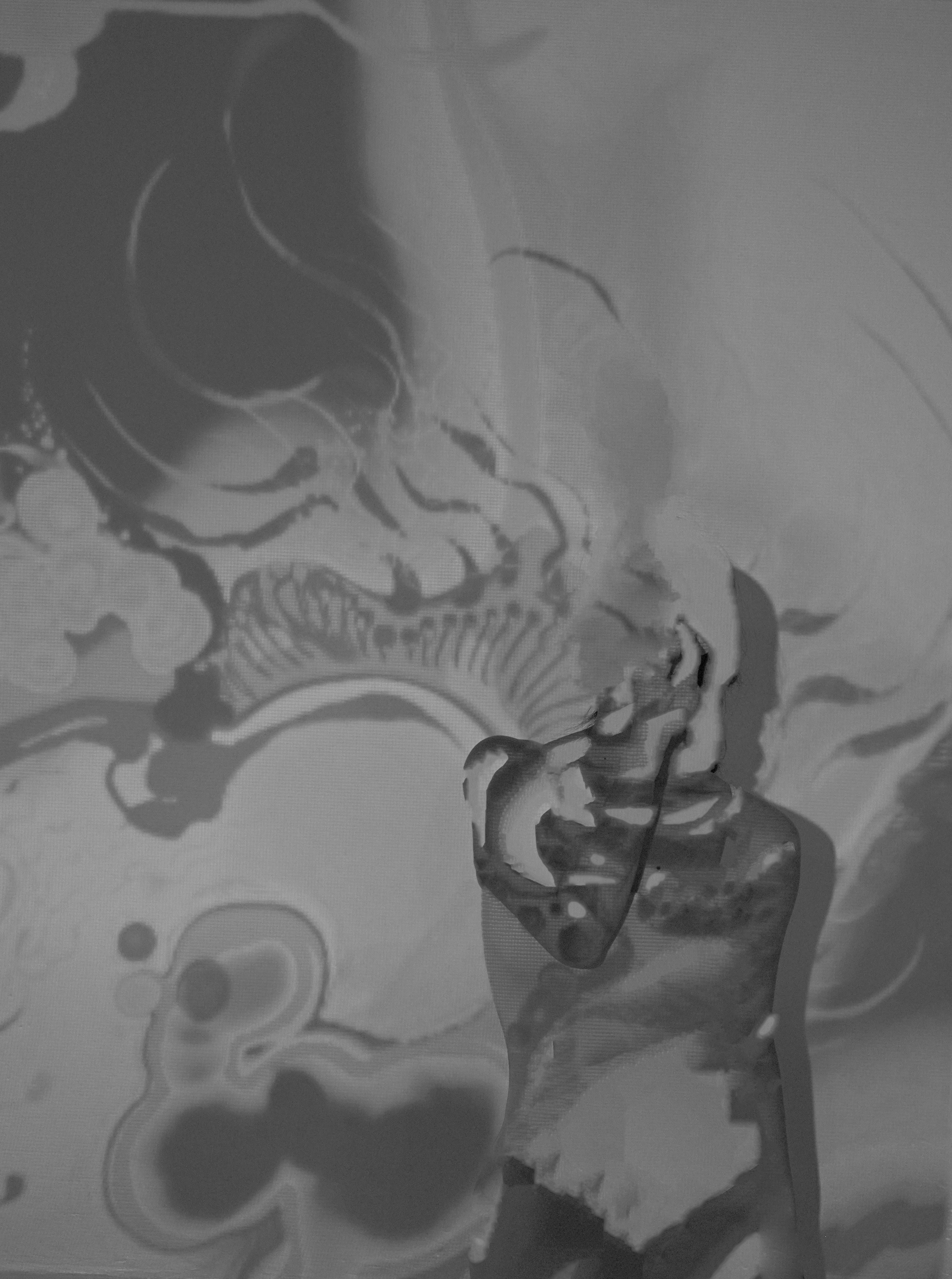FRA
This is a bilingual project spanning China and Italy. I photograph the neighborhood scenes where I live, transform them into transparent slide film, then translate them into miniature “film-architecture” models, into which I embed the locally recorded ambient sounds and simulate the shifting play of light and shadow.
Ho sovrapposto all’edificio attuale immagini precedenti e circostanti al sito della casa precedente, in modo che la fotografia agisca come un detonatore della memoria, capace di riattivare l’interesse dei contemporanei per il passato di quel luogo.
Con il tempo, anche questa fotografia si deteriora lasciando il posto alla nuova identità che l’edificio presenterà. Le fotografie bidimensionali del passato di quel luogo si combinano con l’architettura per formare l’attuale tridimensionalità, e l’installazione propone un nuovo modo di interpretare la storia di questo quartiere e di questa famiglia. Il tempo è sempre il protagonista dell’opera e scandisce il ritmo della sua evoluzione.
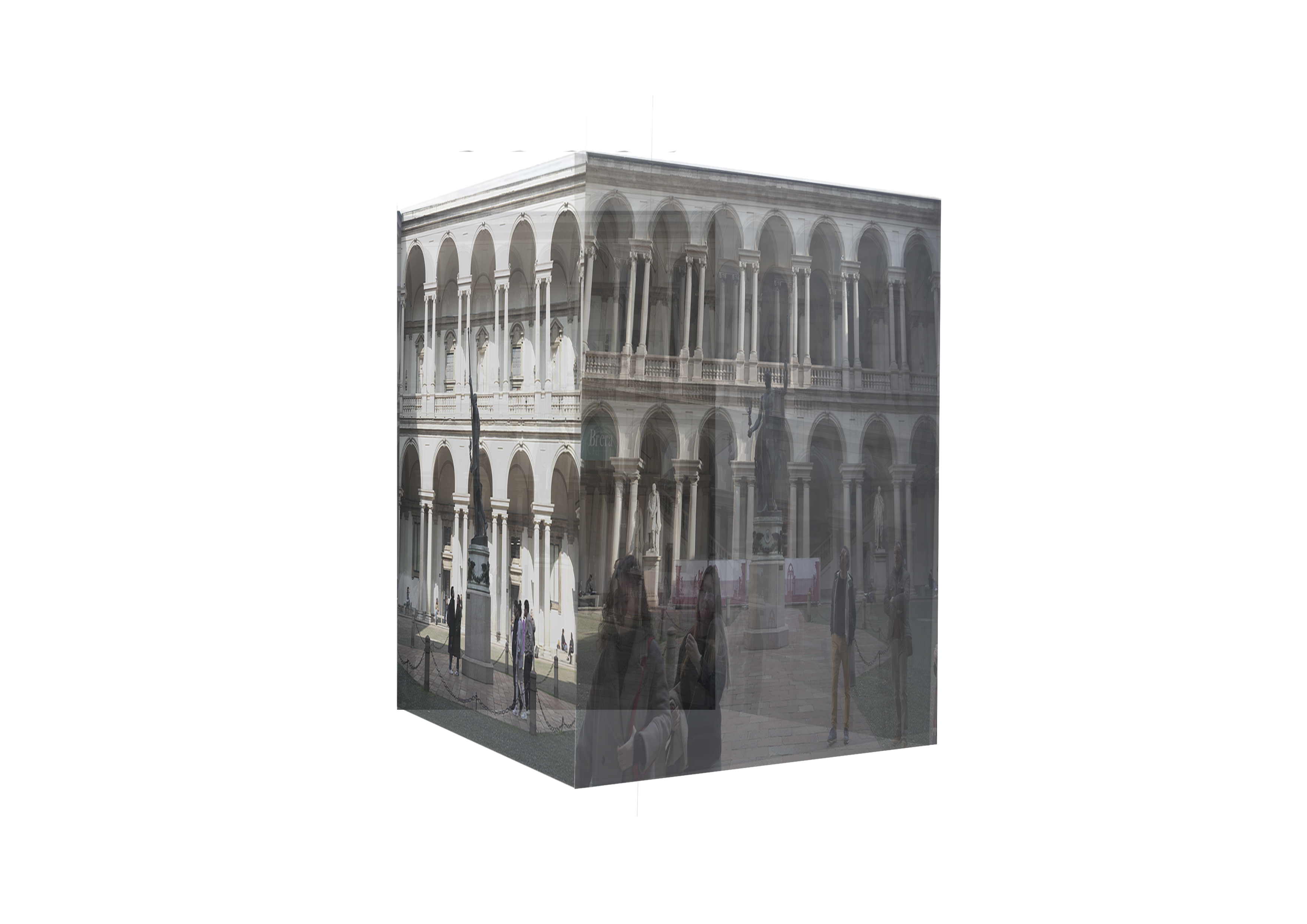
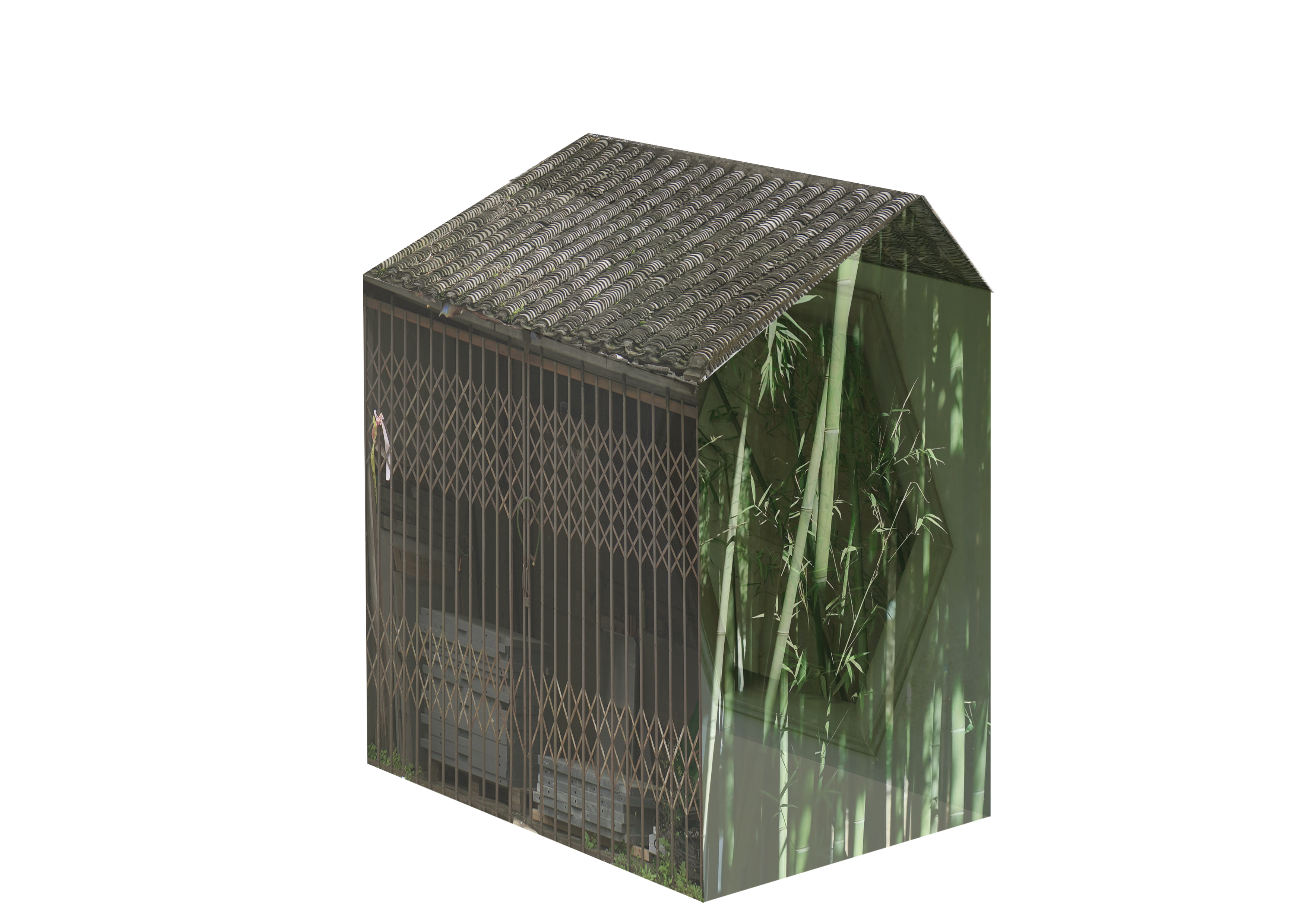
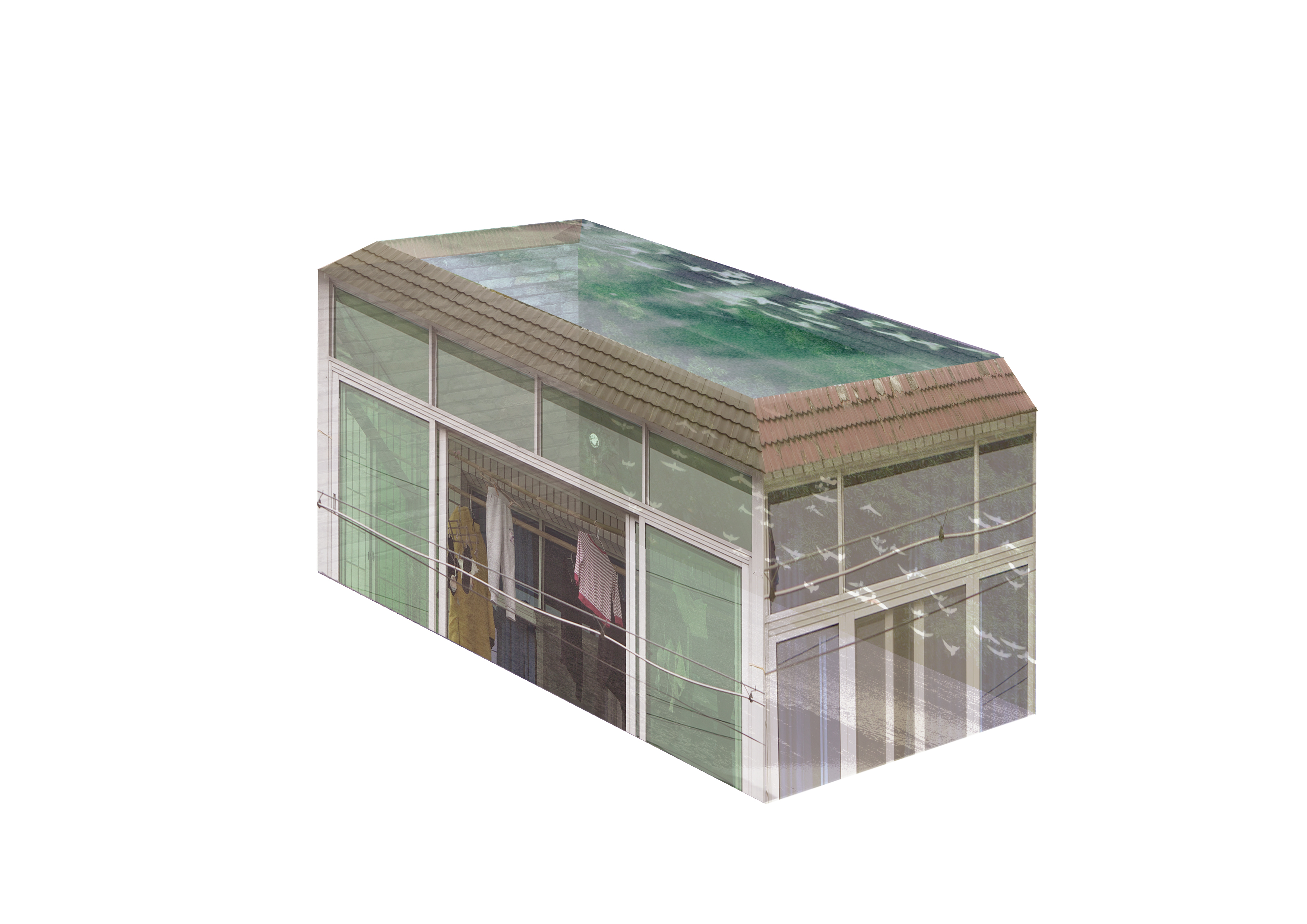
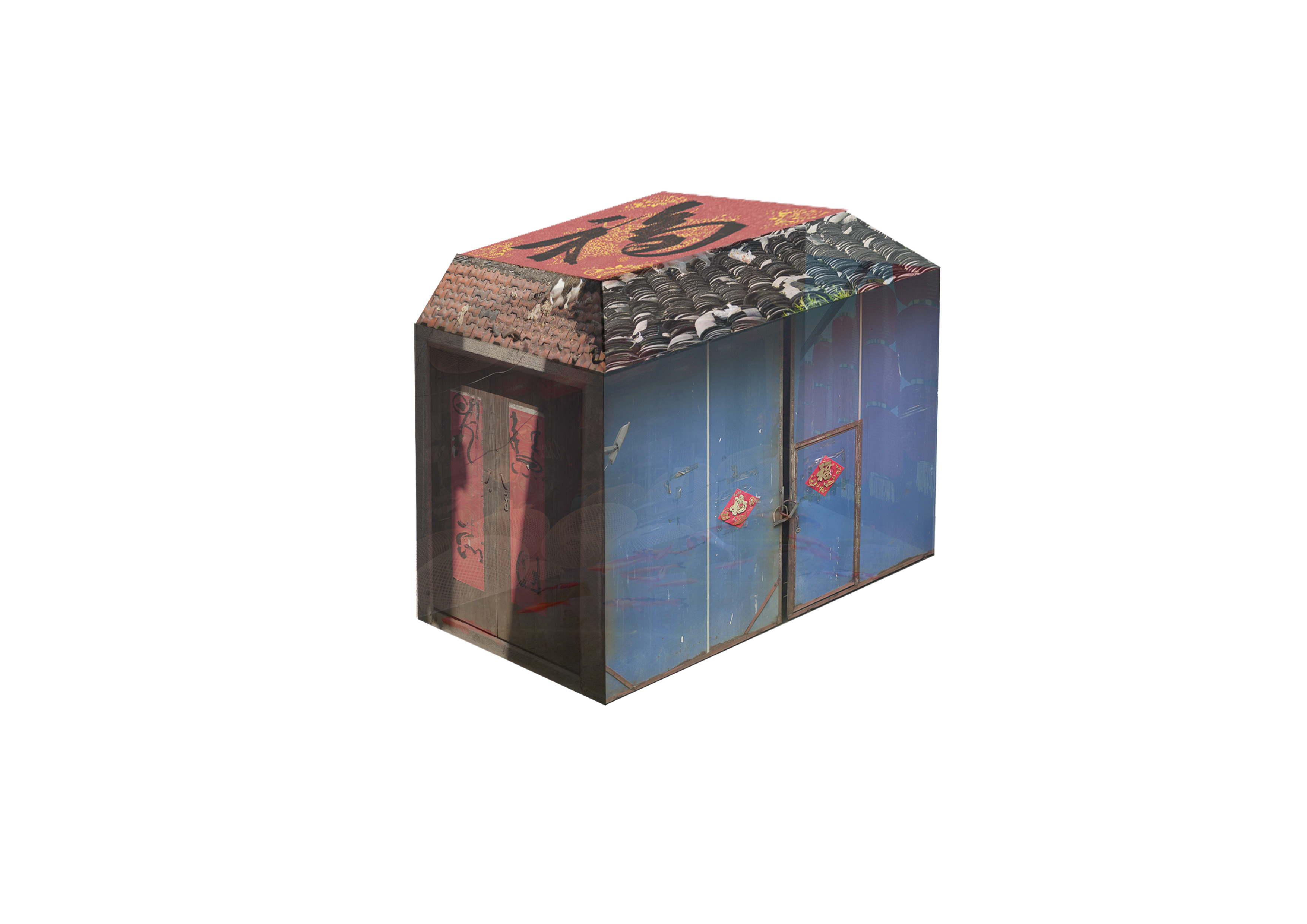
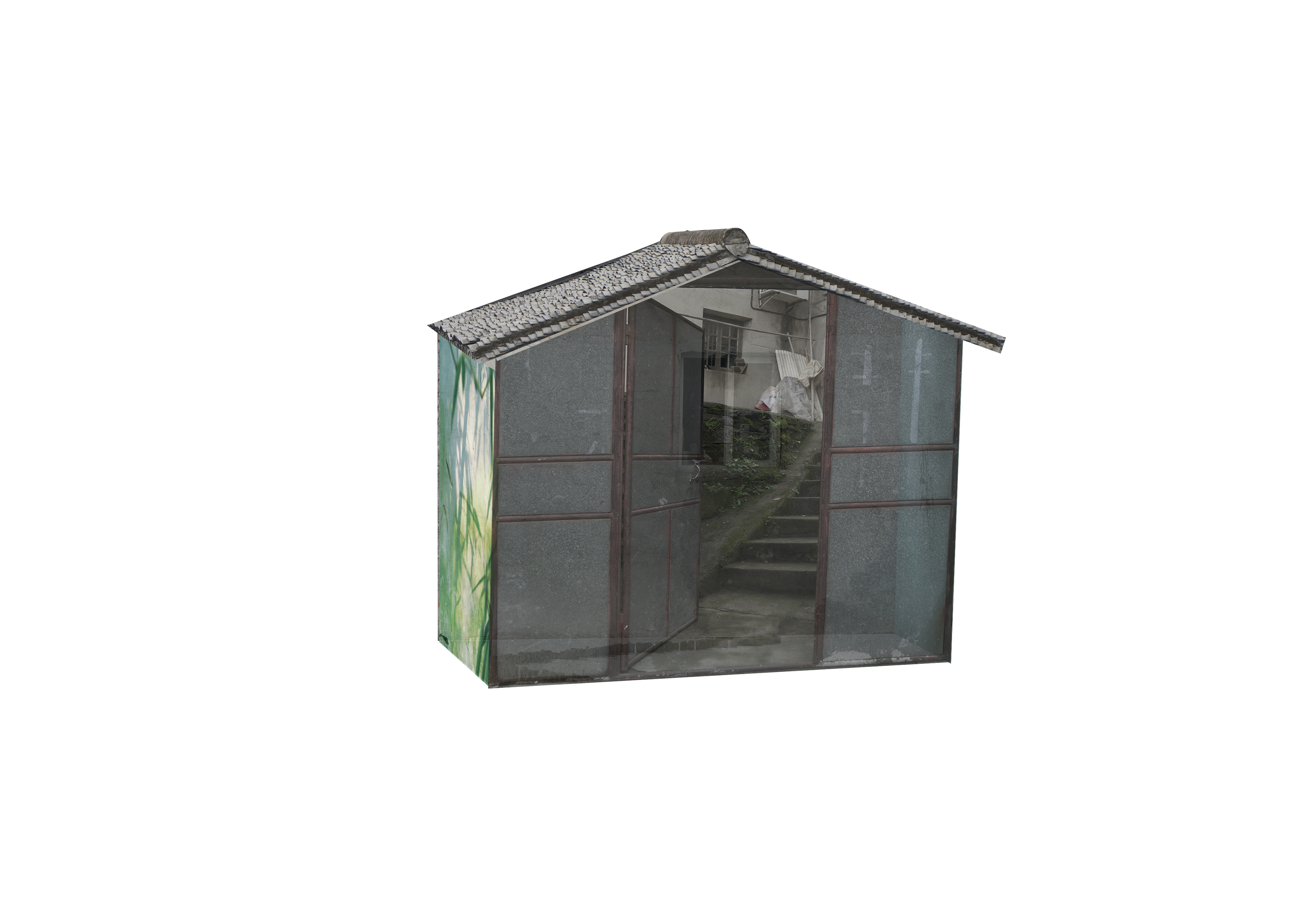
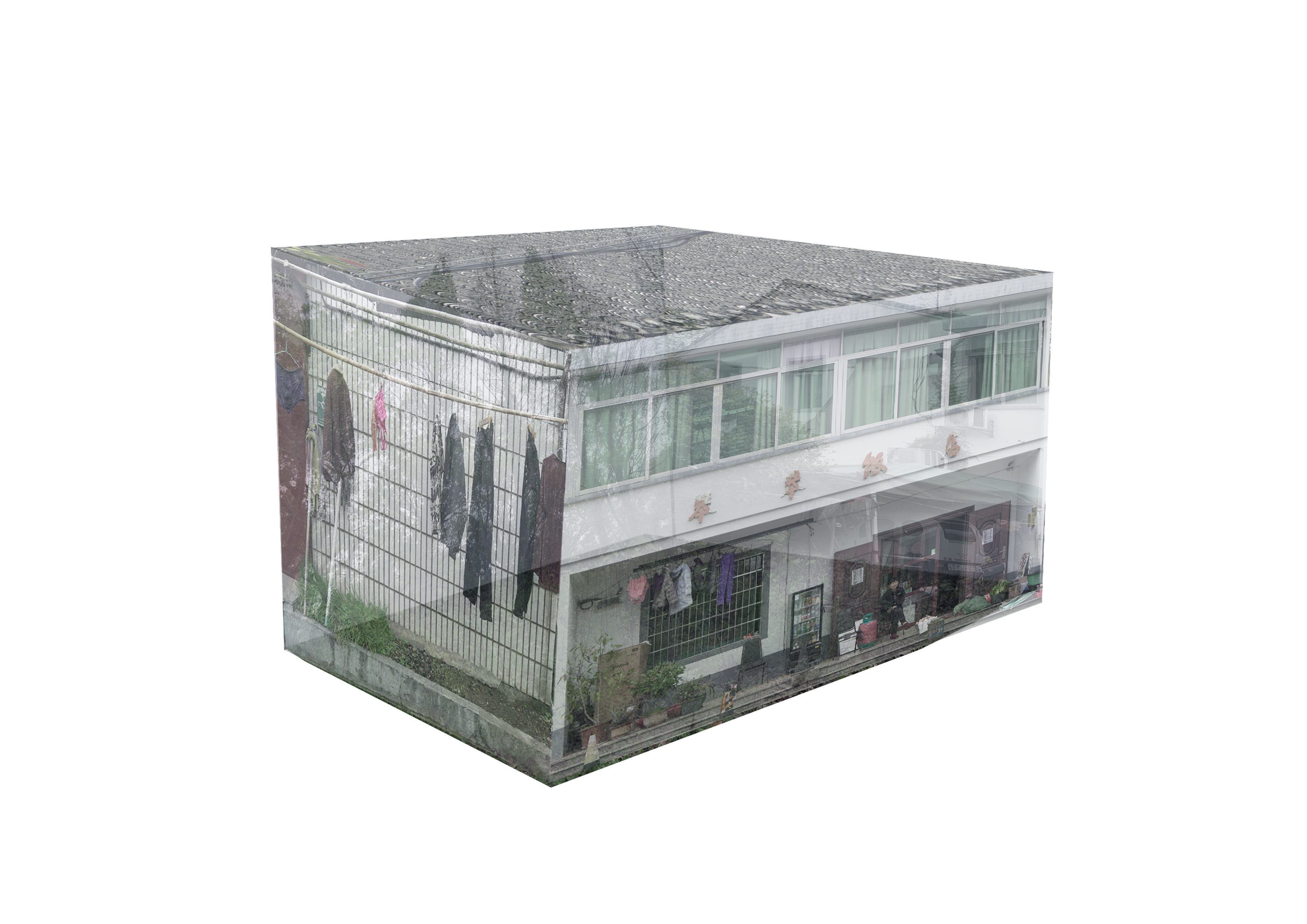
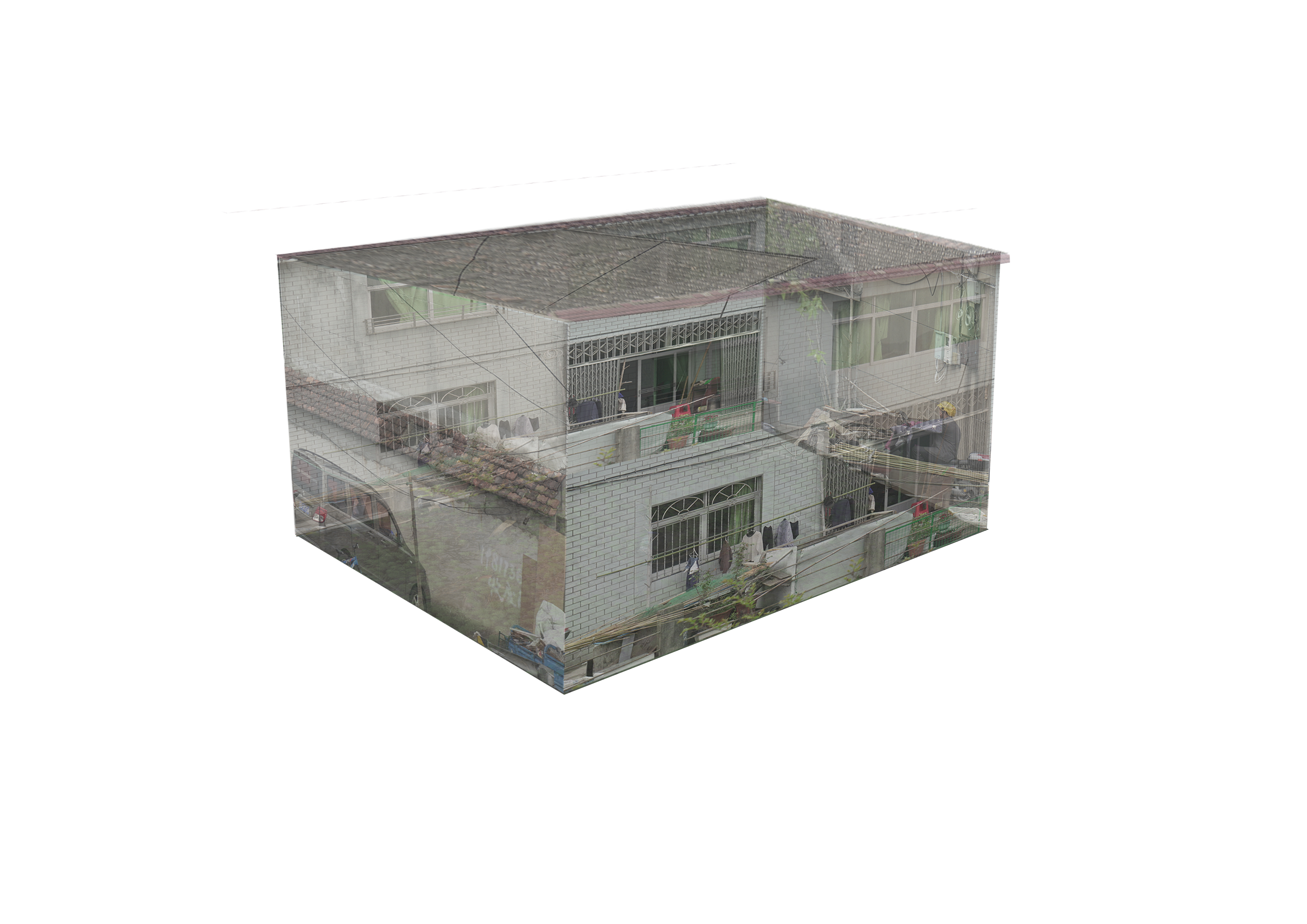
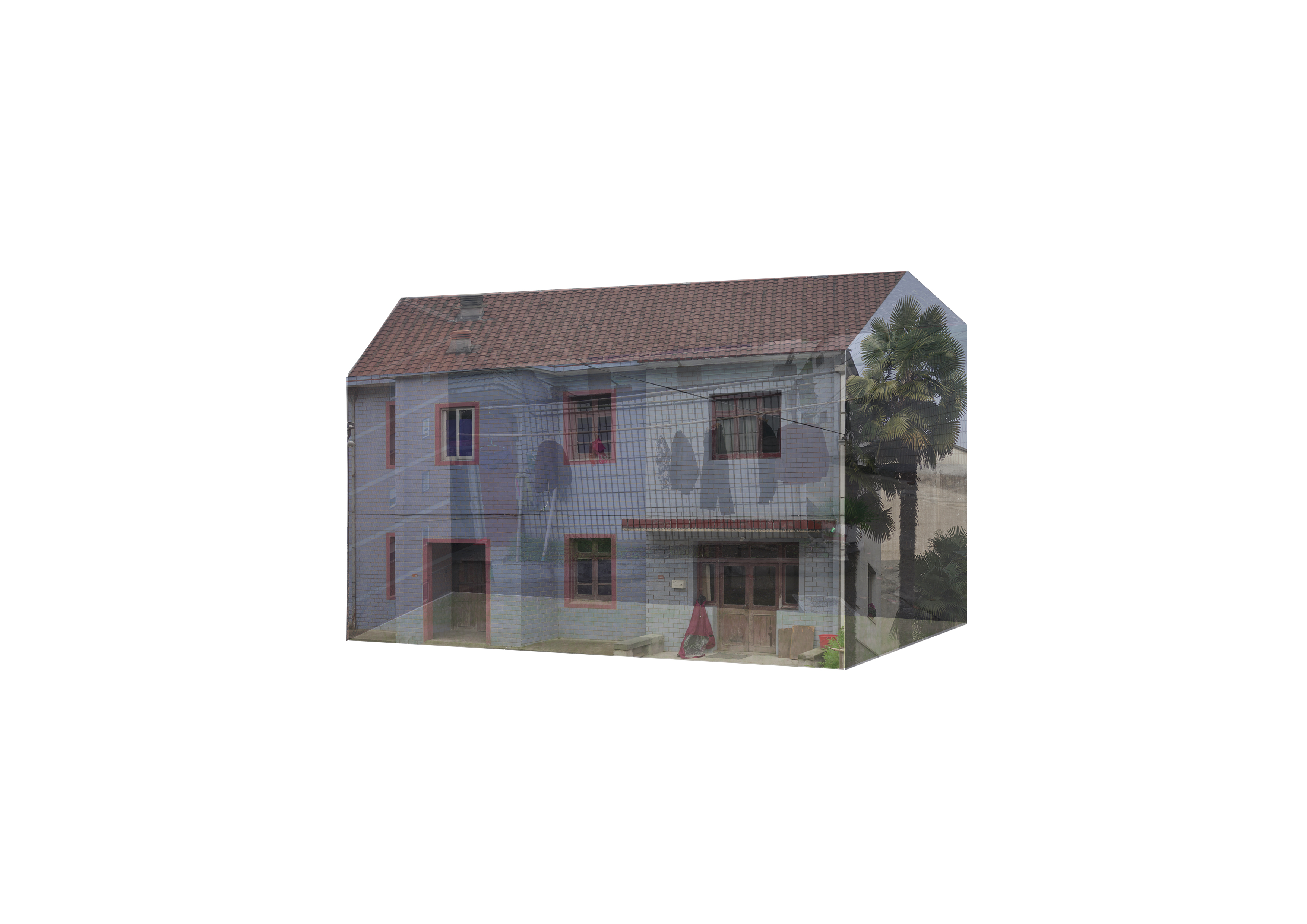
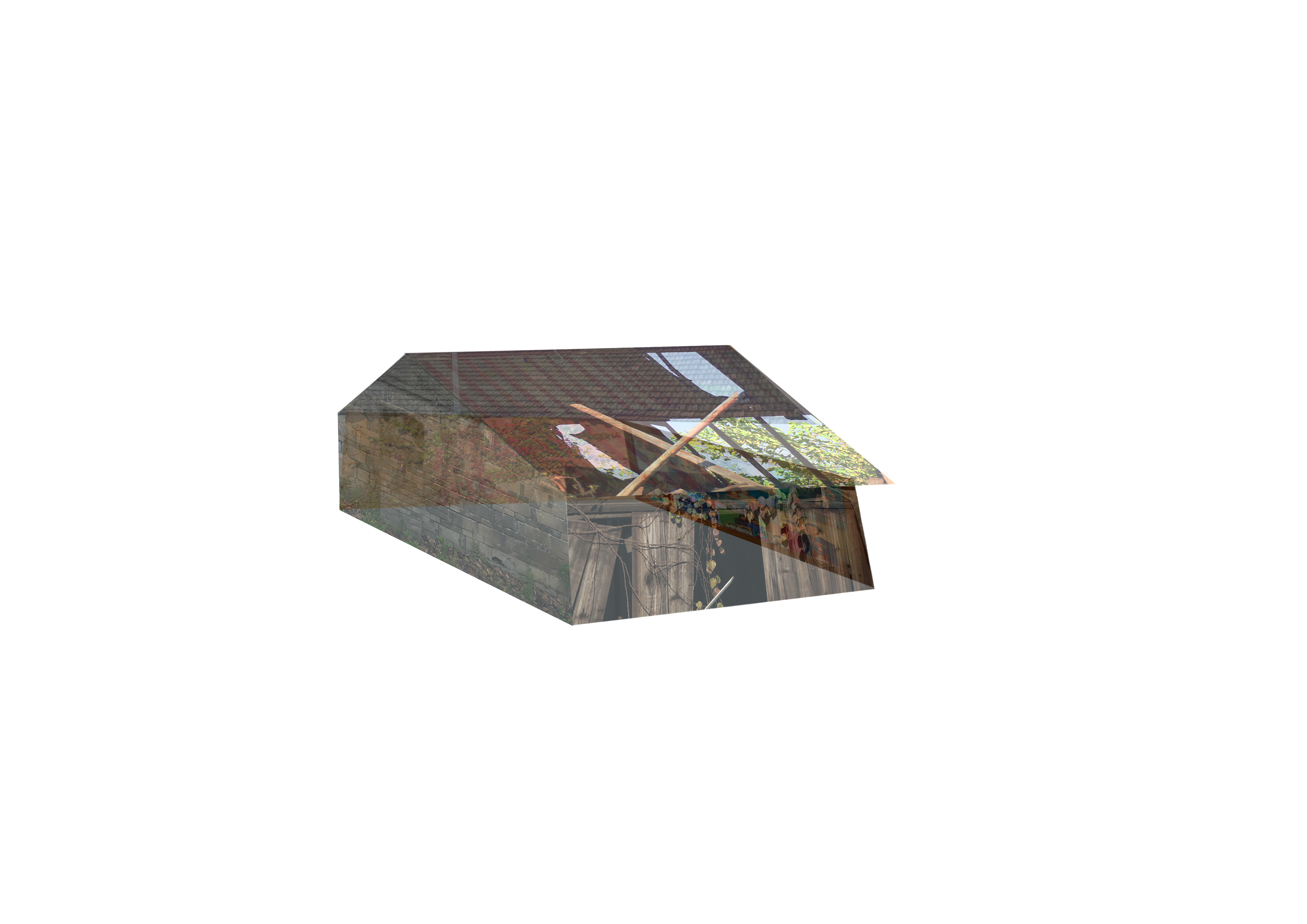
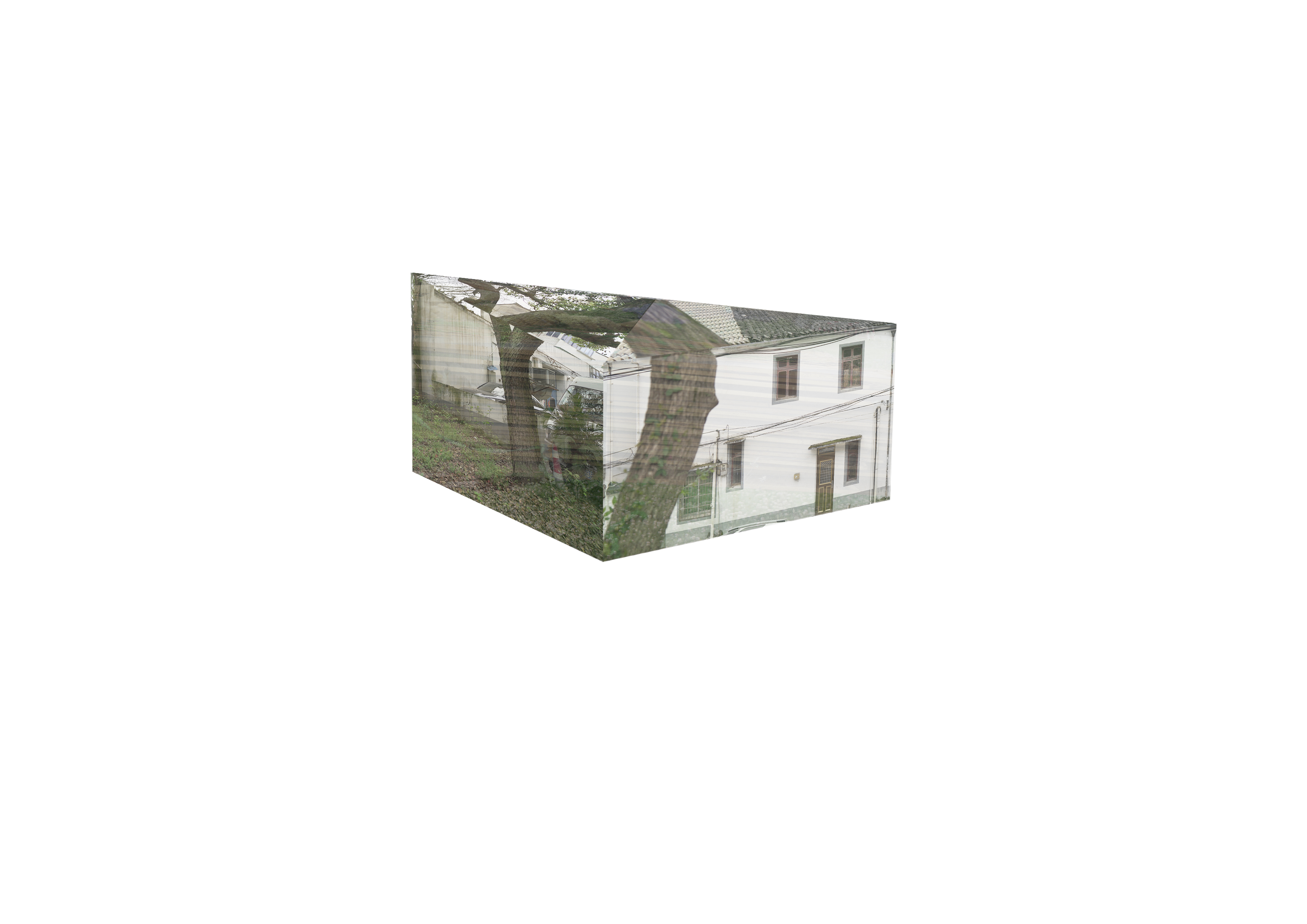
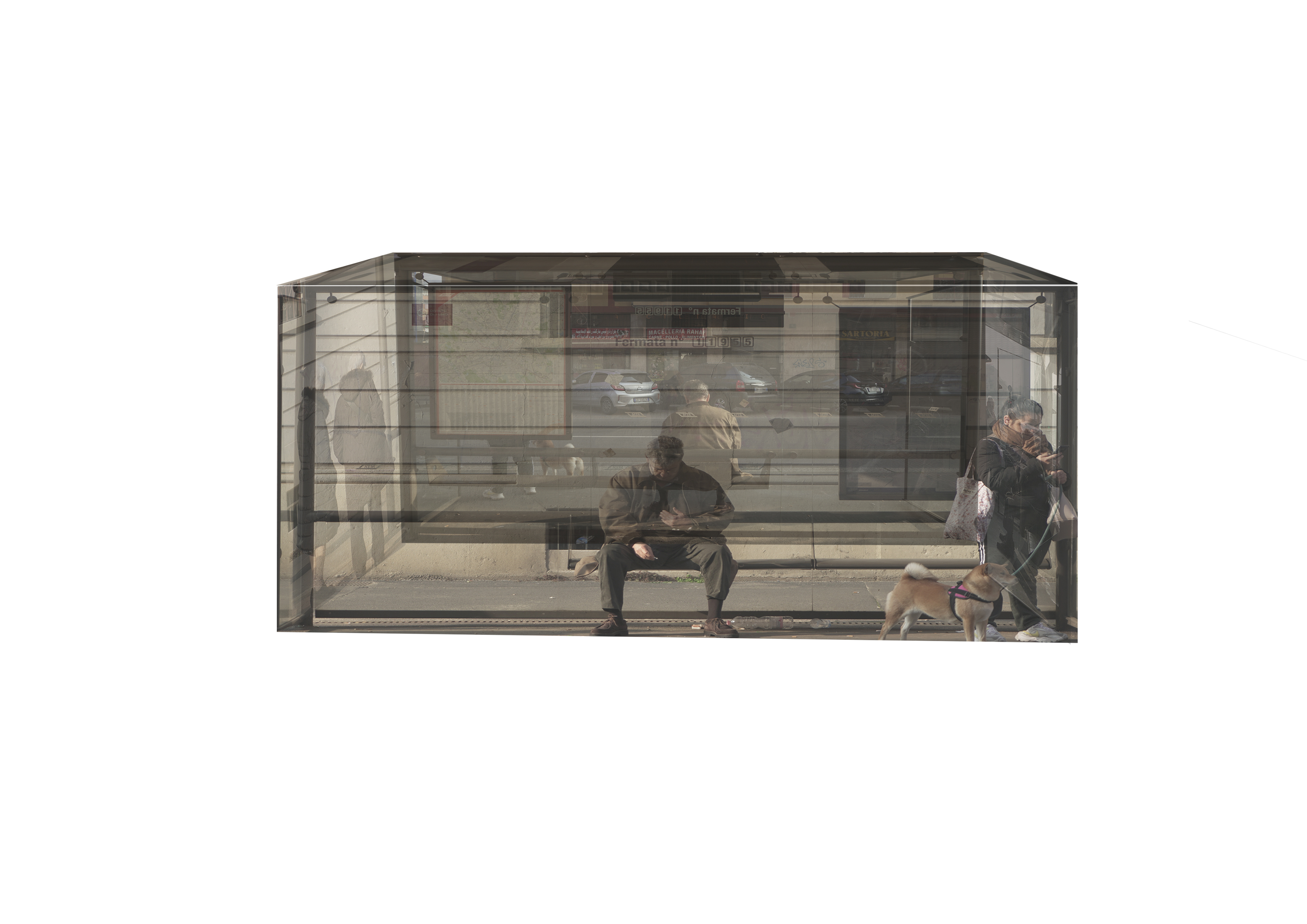
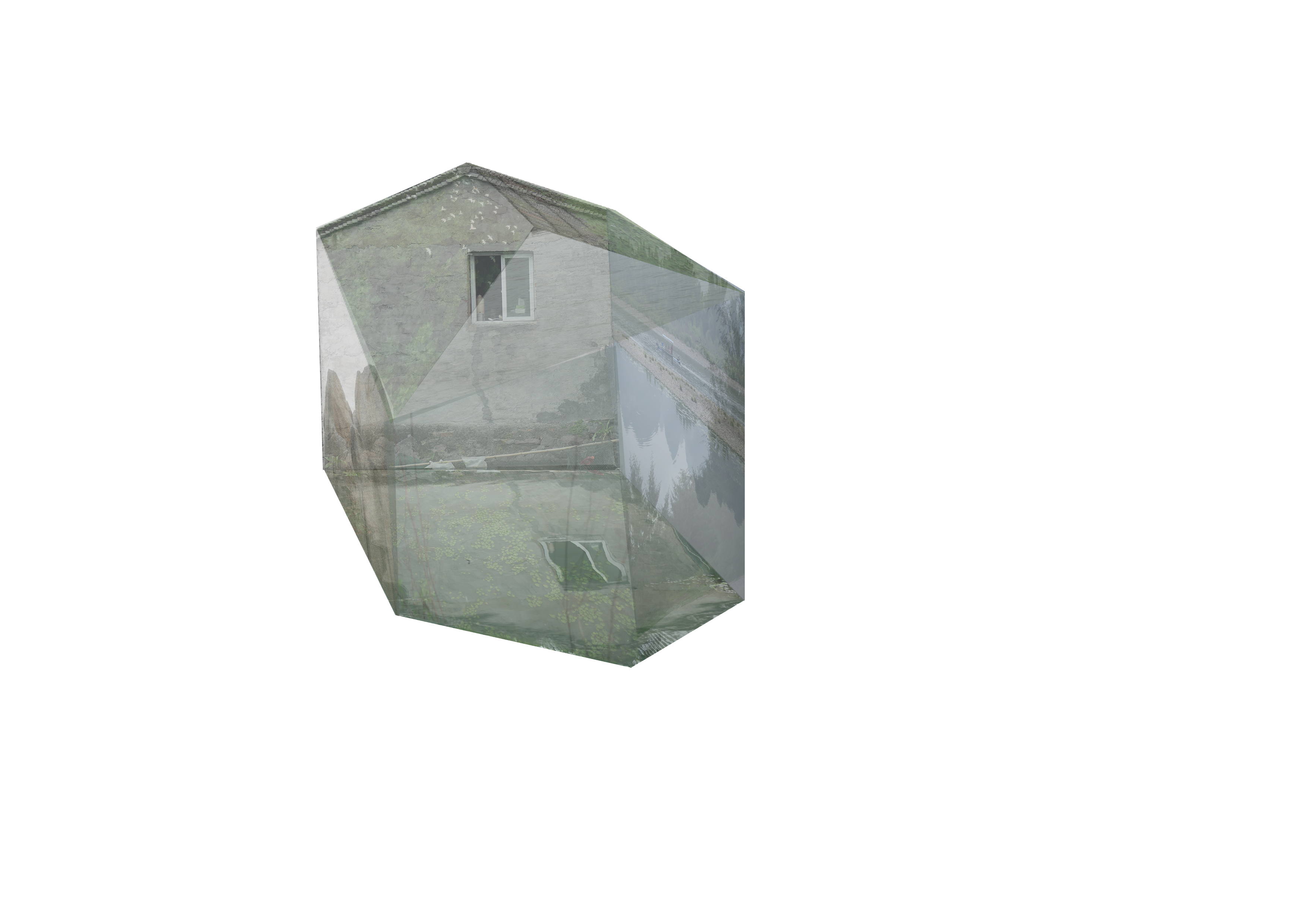
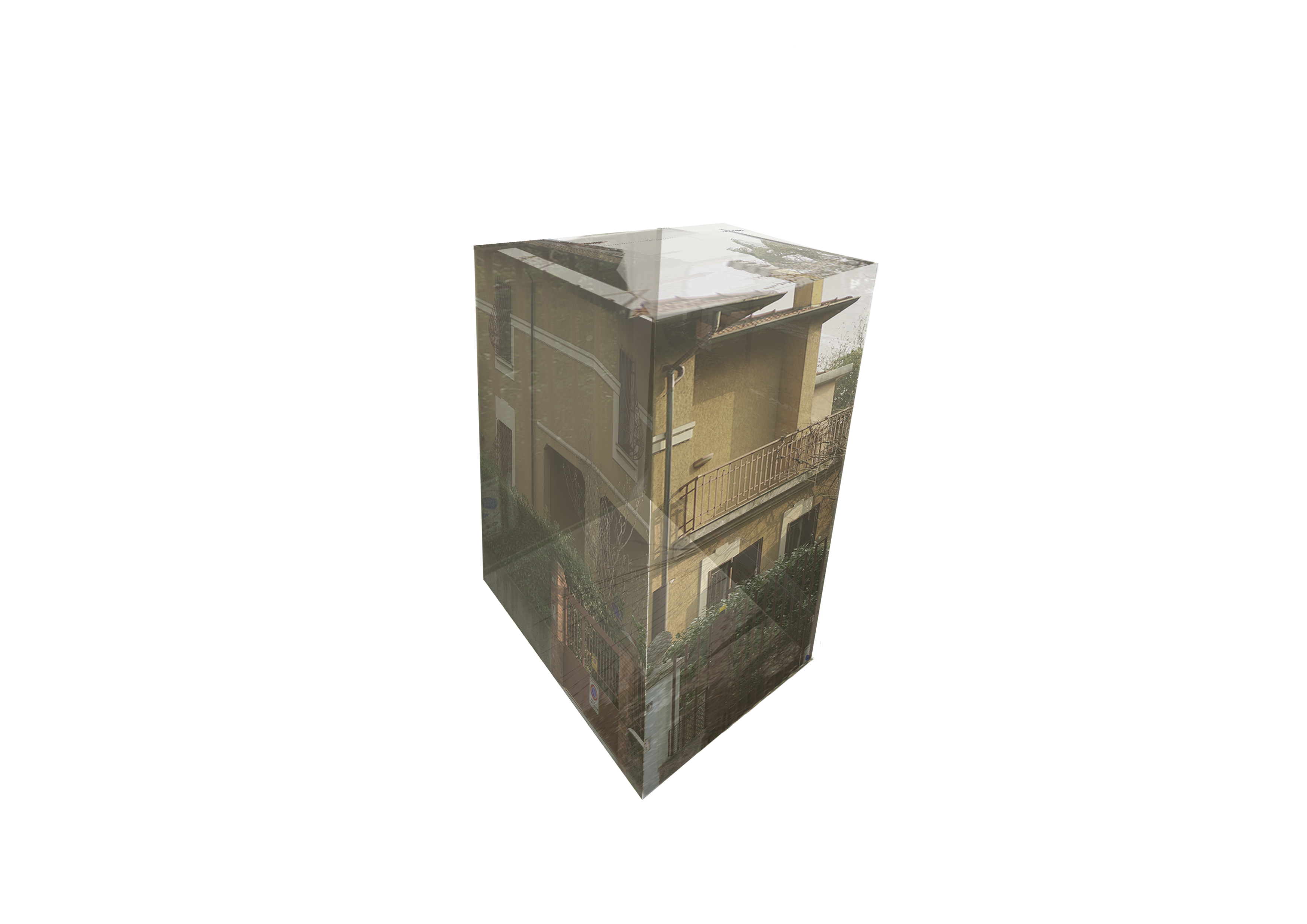
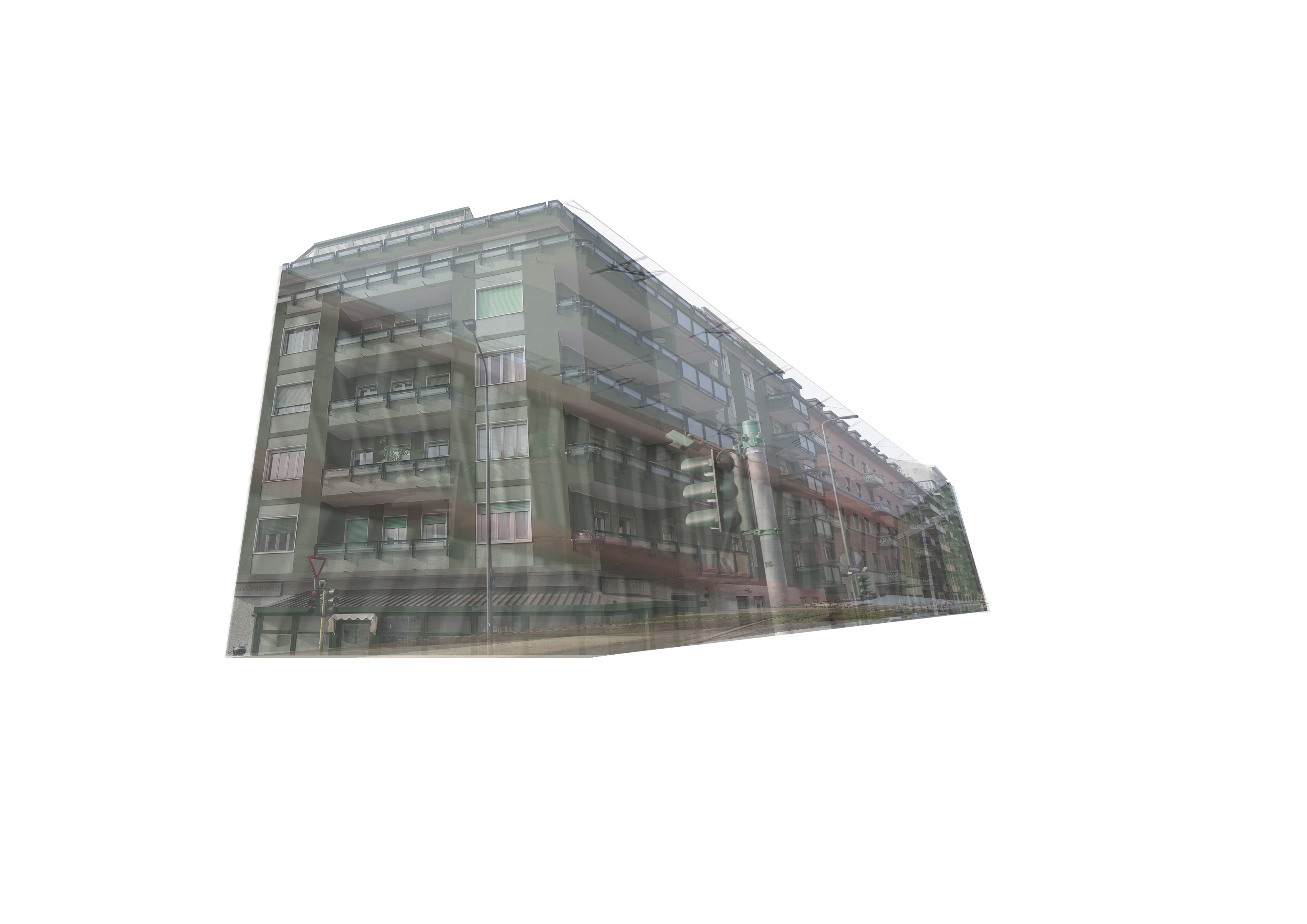
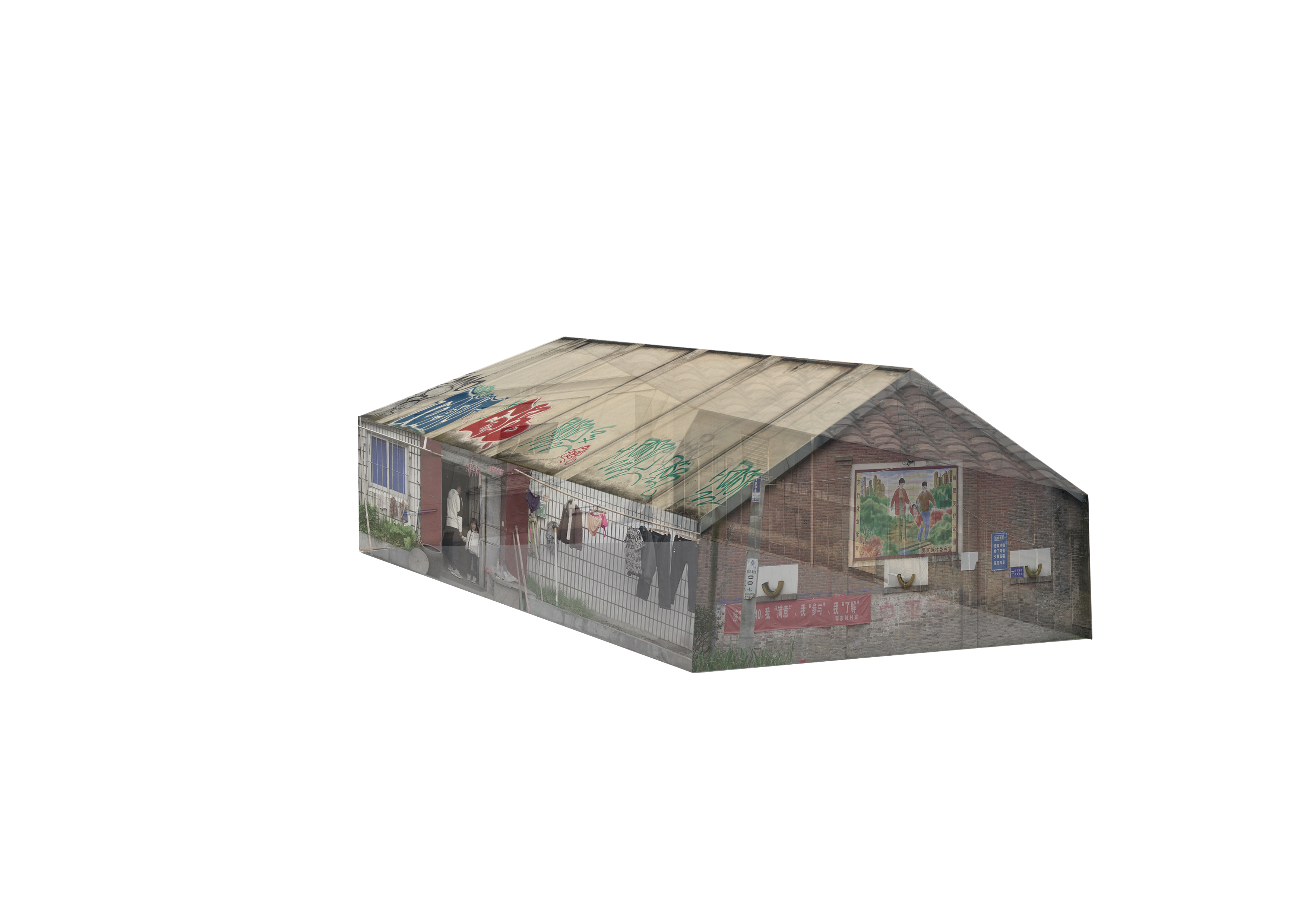
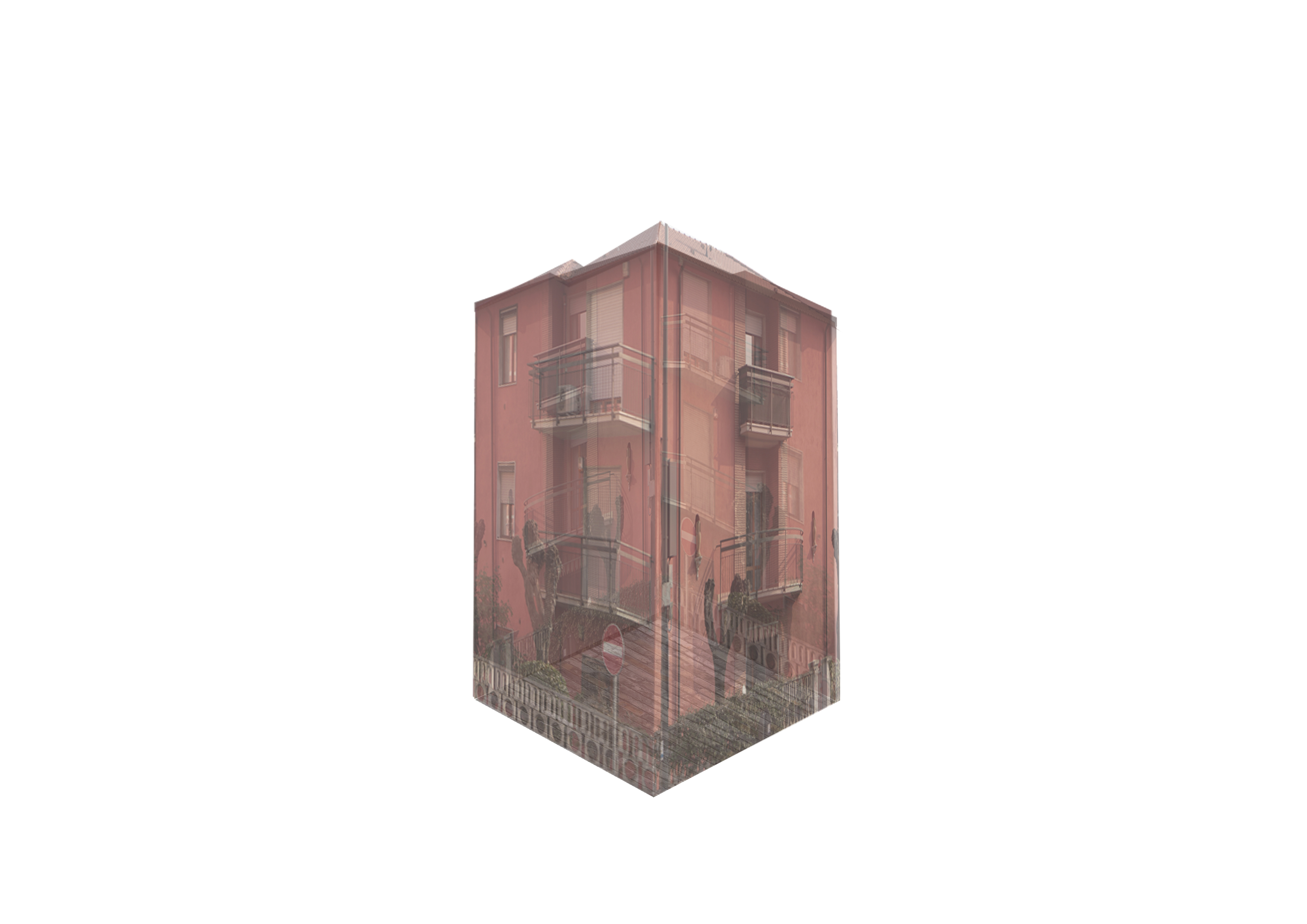

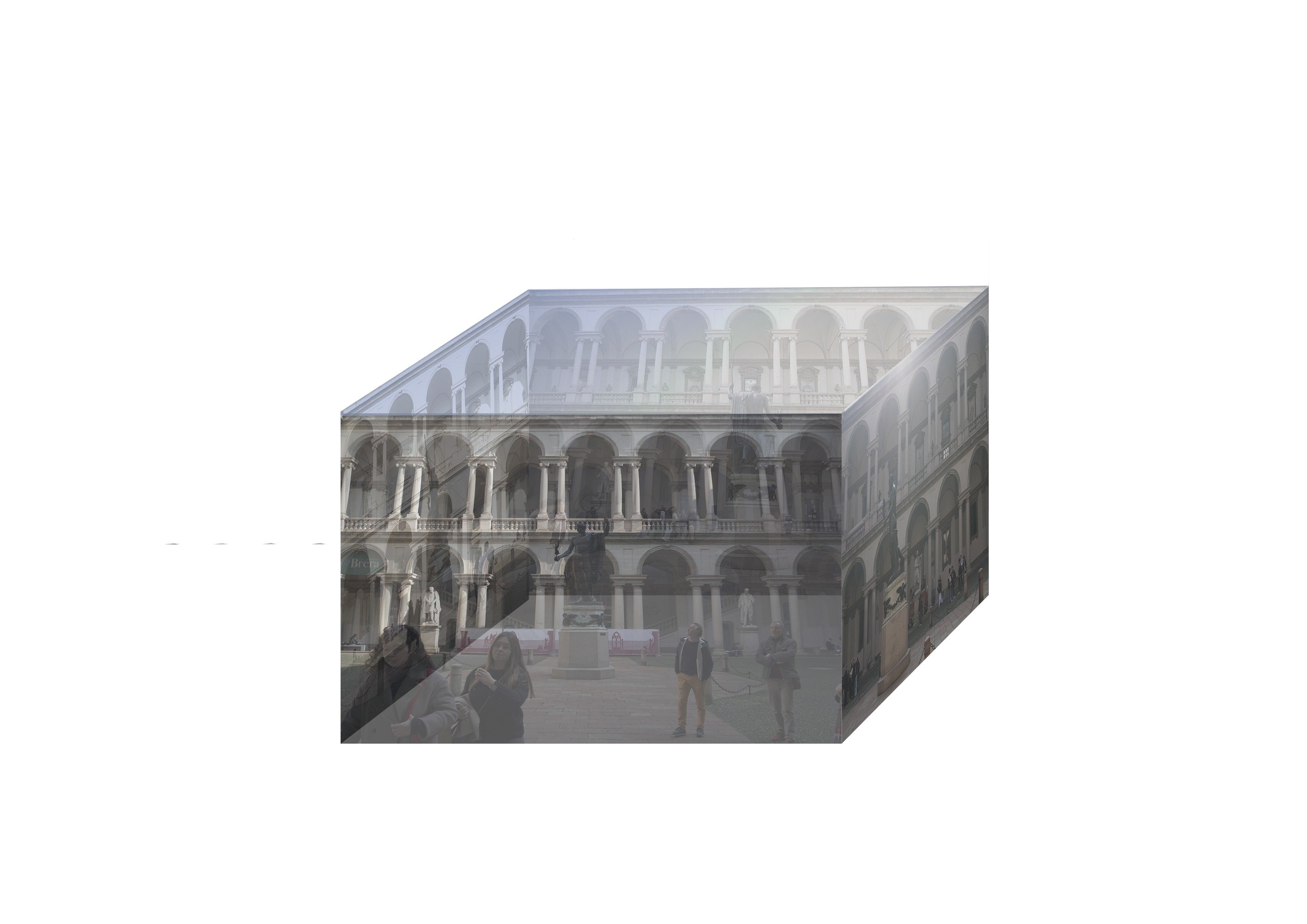
TRA
Ho sovrapposto all’edificio attuale immagini precedenti e circostanti al sito della casa precedente, in modo che la fotografia agisca come un detonatore della memoria, capace di riattivare l’interesse dei contemporanei per il passato di quel luogo.
Combiniamo la natura con gli artefatti nelle nostre foto.



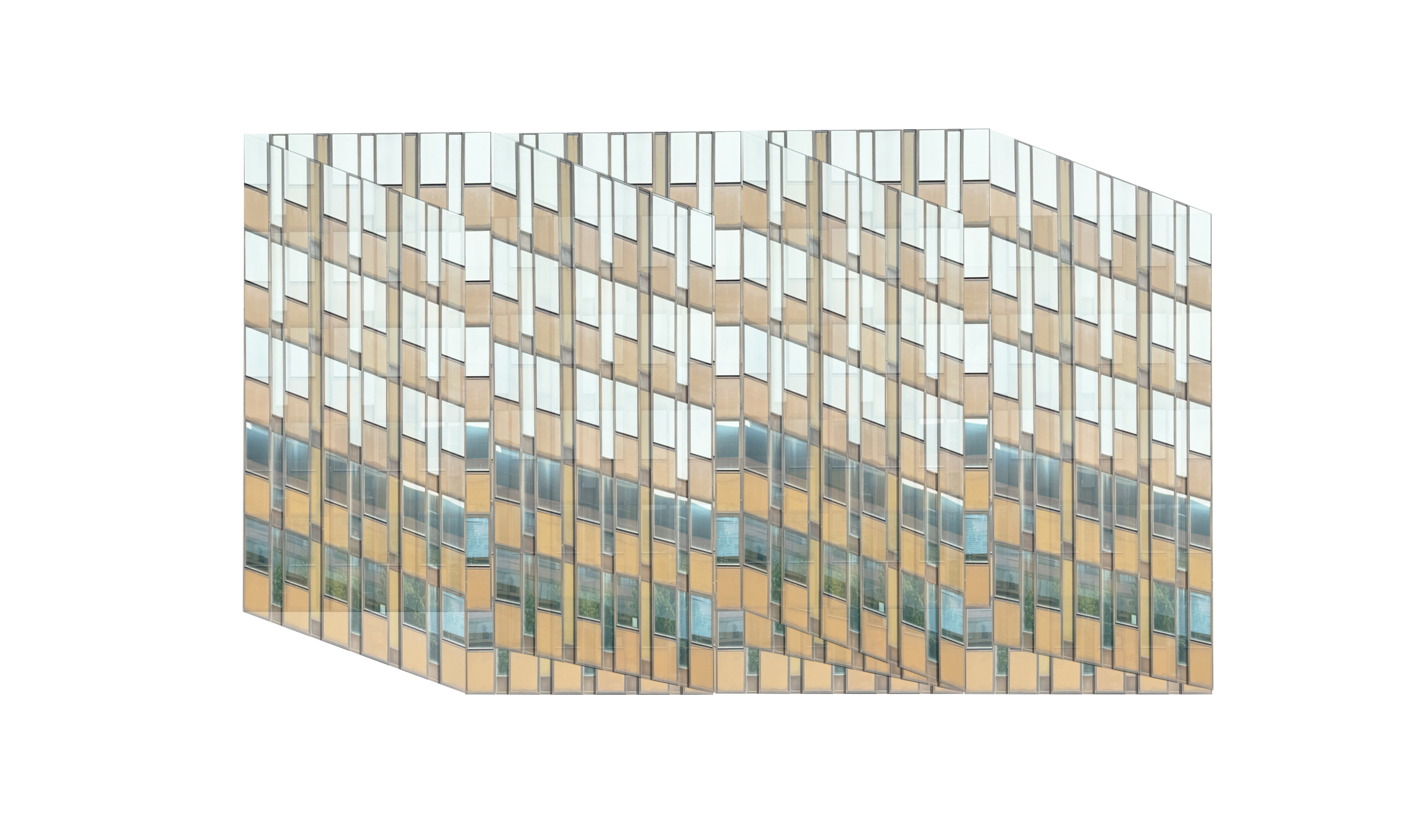













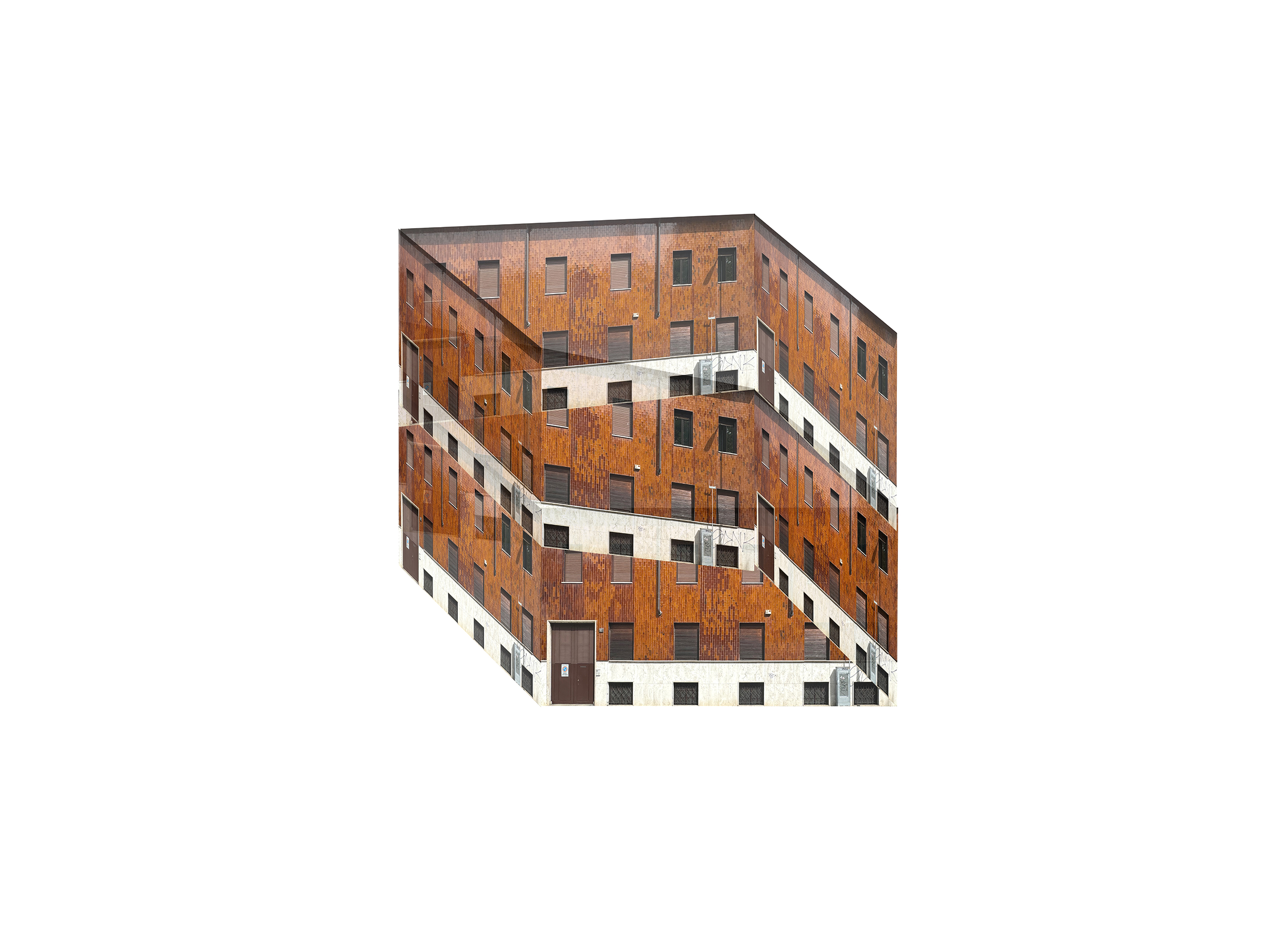
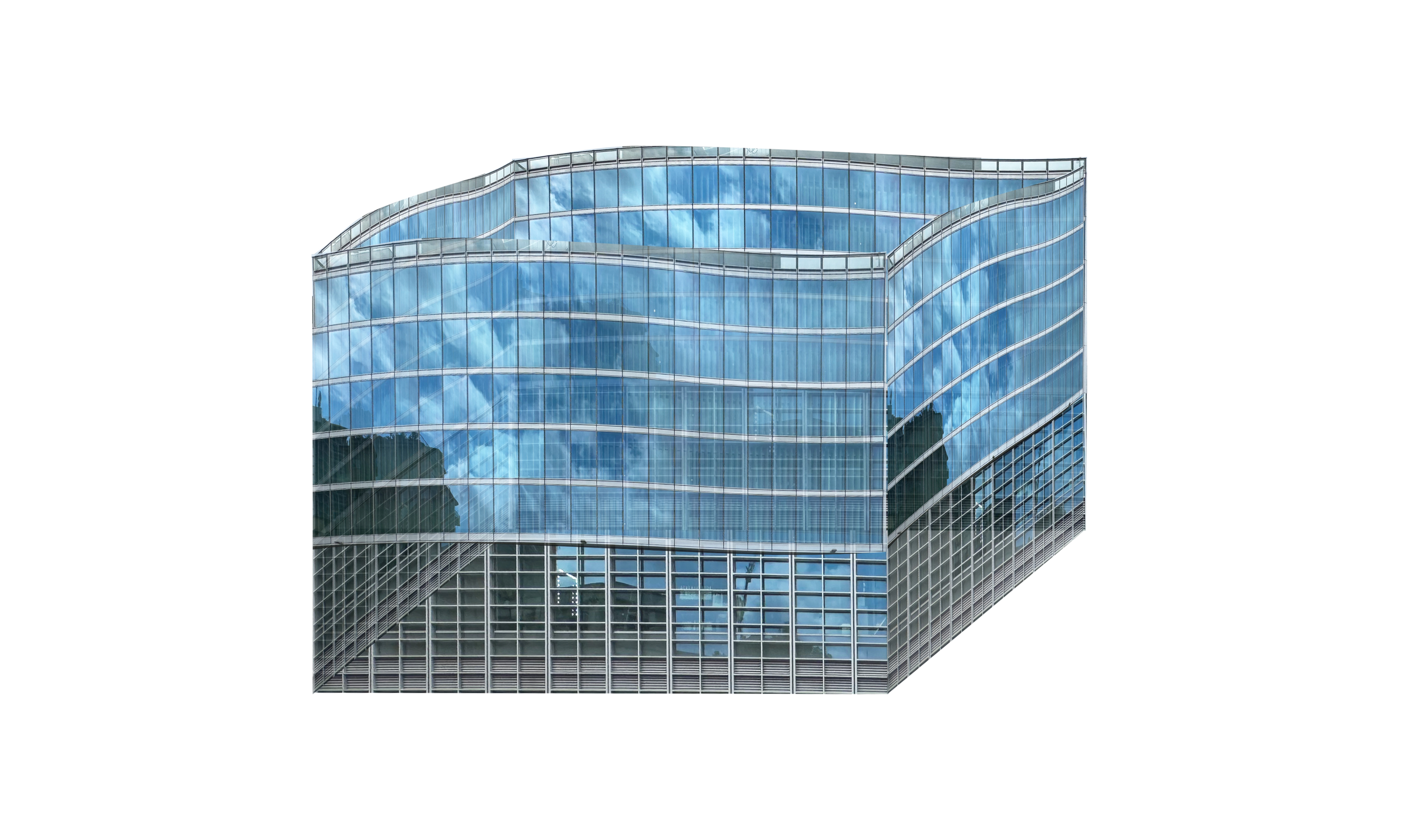

Wanderer



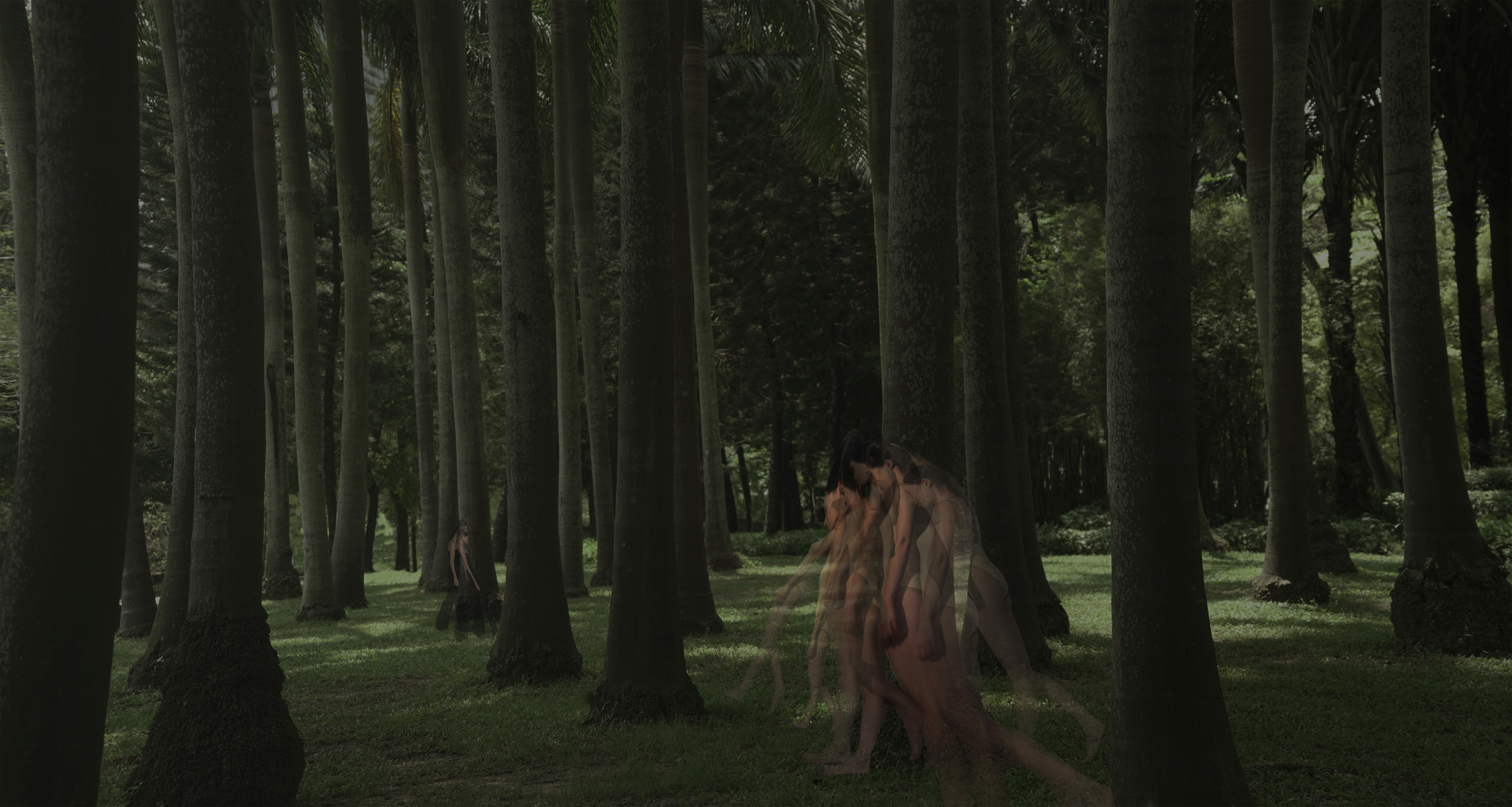
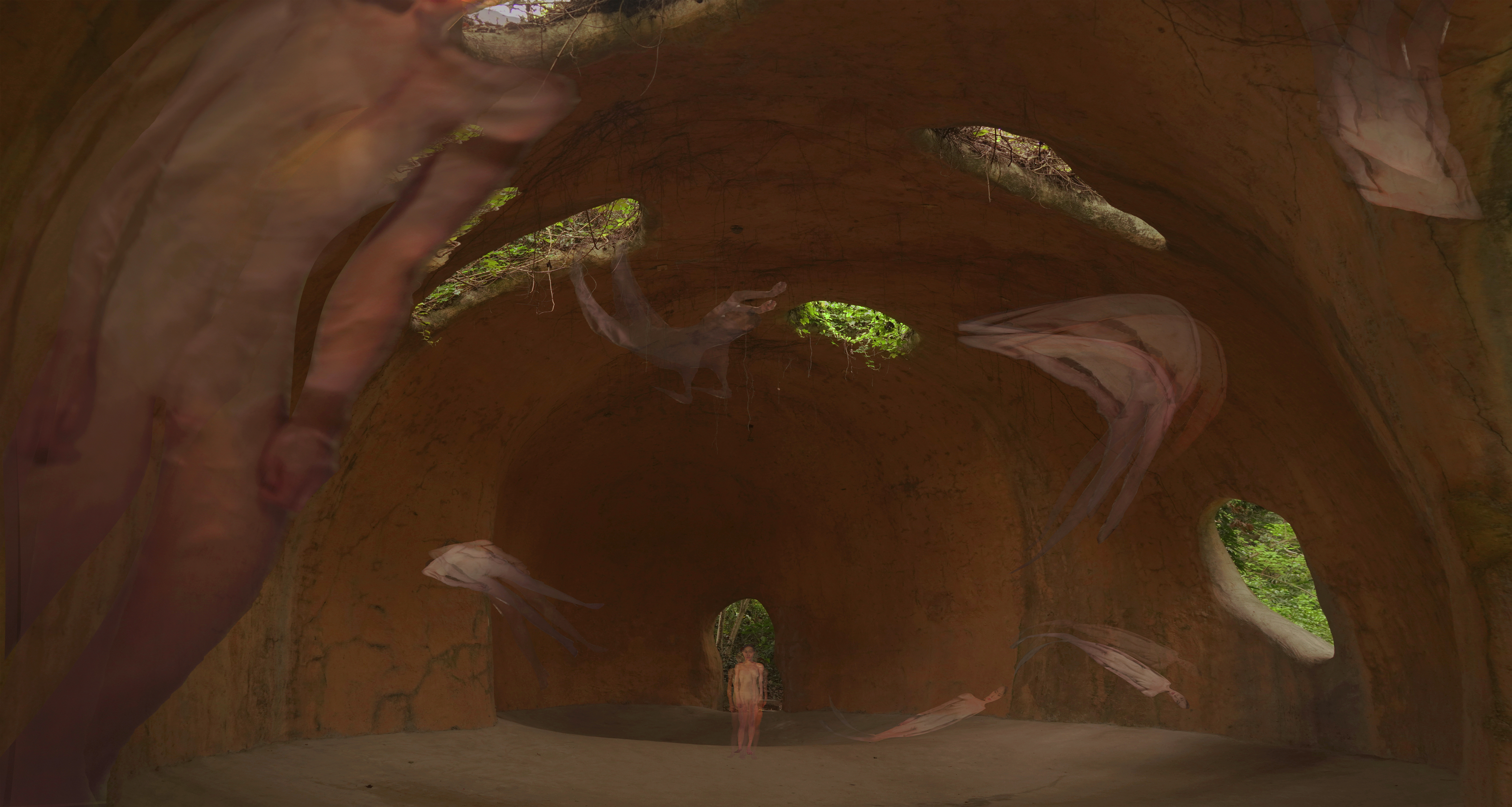




This project springs directly from my own relocation diary—a record of packing, moving, settling, and the shifting sense of home that follows each journey. In that liminal state between departure and arrival, I began to see my own body and those of others not simply as subjects to be photographed, but as living forms that could be released back into the landscape. By capturing human figures and gestures on camera, printing them onto lengths of fabric, and then cutting out life-size silhouettes, I create ephemeral “wind dancers” that flutter in forests, along riverbanks, and across abandoned lots. These floating figures become site-responsive witnesses to migration, memory, and renewal.
DRAFT
When we create an artwork, we begin with countless drafts—those selected are refined and perfected until they become part of the finished piece. Yet when I glance at the abandoned sketches gathering dust in my studio corner, I wonder whether these fragments might actually hold more potential than the completed work. In their unused state they seem cast off, deemed irrelevant once the artwork has found its own visual language.
Drawing on my draftological approach—treating drafts not as mere stepping-stones but as living components—I use photography to breathe new life into these forgotten remnants. What was once deemed useless in our subjective consciousness is resurrected and granted a fresh purpose: no longer simply the artist’s diary but a principal element of the work itself. I’m drawn to multilayered narrative structures, so I collected the discarded sketches from earlier projects, reconstructed them, and wove the photographic prints into the media narrative. In this way, the paper of the draft becomes an active storyteller rather than silent ballast.












The Upside Down
Paper Offerings: Replicating Reality, Creating the Absurd
Paper offerings (Zhǐ zhā/ 纸扎) are a Chinese funerary tradition: intricately crafted paper replicas of real-world objects, burned as offerings to the deceased. This practice manifests in two key aspects:
1. Replication of Reality – Paper offerings range from everyday necessities to luxury items: lavish mansions, sports cars, gold and silver, even celebrities, servants, and pets—an exhaustive reconstruction of the material world, infused with human longing and unfulfilled desires. It is not just an imitation of reality but a projection of the living’s emotions onto the dead.
2. Burning as Symbolic Transformation – Unlike real objects, these offerings are not meant for use but for ritualistic incineration, their destruction signifying a metaphysical transfer to the afterlife. Through fire, tangible possessions dissolve into symbols of remembrance and belief, reshaping absence into imagined presence.
While paper offerings mimic reality, they also construct an absurd yet intimate parallel world. They reflect not only ritual tradition but also contemporary perceptions of materiality and death, sparking peculiar speculations:
• If an elderly person dies in our world, do they reincarnate as a newborn in a parallel one?
• If a child dies young in history, could they, in an inverted realm, be the ancestor of the recently deceased?
• With the extravagant denominations of paper money and excessive burning, could we trigger hyperinflation in the afterlife?
A Ritual of Transformation: Photographing the Burning of Paper Offerings
I propose a performative gesture: placing paper offerings in real-world settings, first photographing their presence, then capturing the moment of ignition in their exact location. This documents the transition from physical reality to symbolic afterlife, where the destruction of one world coincides with the imagined birth of another.In the process, I discovered that, due to the different thicknesses of the photographic paper, the flame can cause cracks or blistering effects on its surface. Consequently, I controlled the flame to guide variations in color and texture on the symbolic images.
This photographic ritual becomes a meditation on transformation: from material replication, through symbolic destruction, to the rebirth of new visual meaning. Here, fire is not an erasure but a fleeting witness—turning images into ephemeral testimonies of passage.

